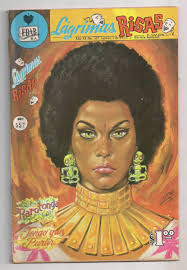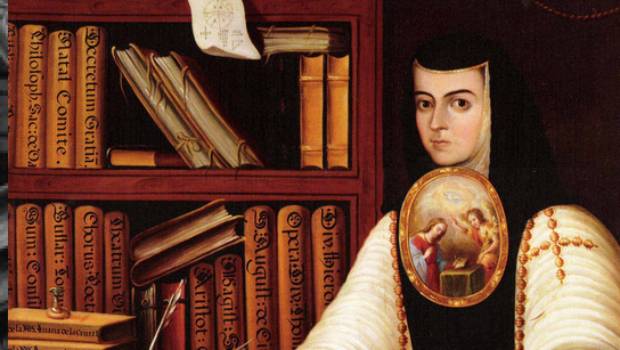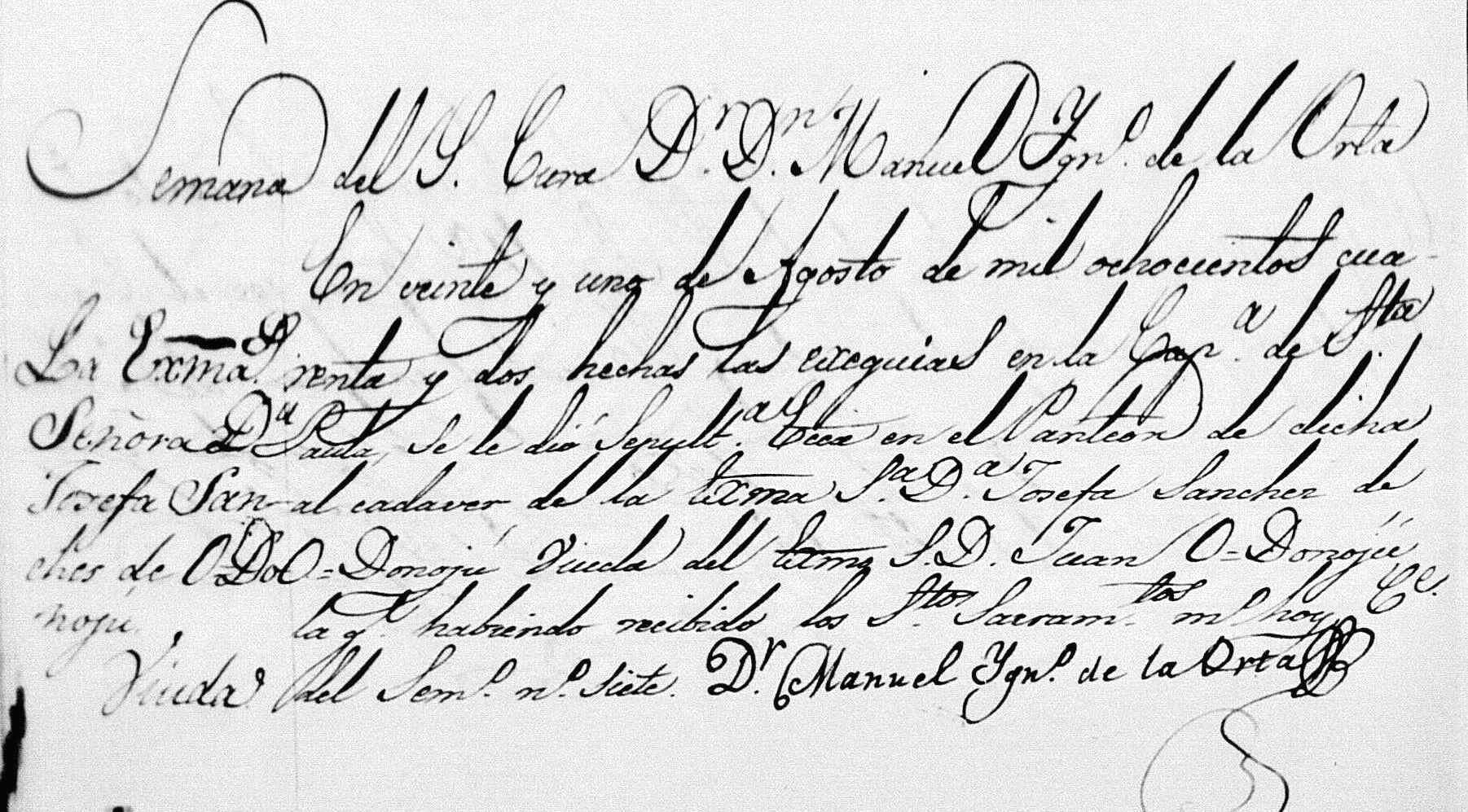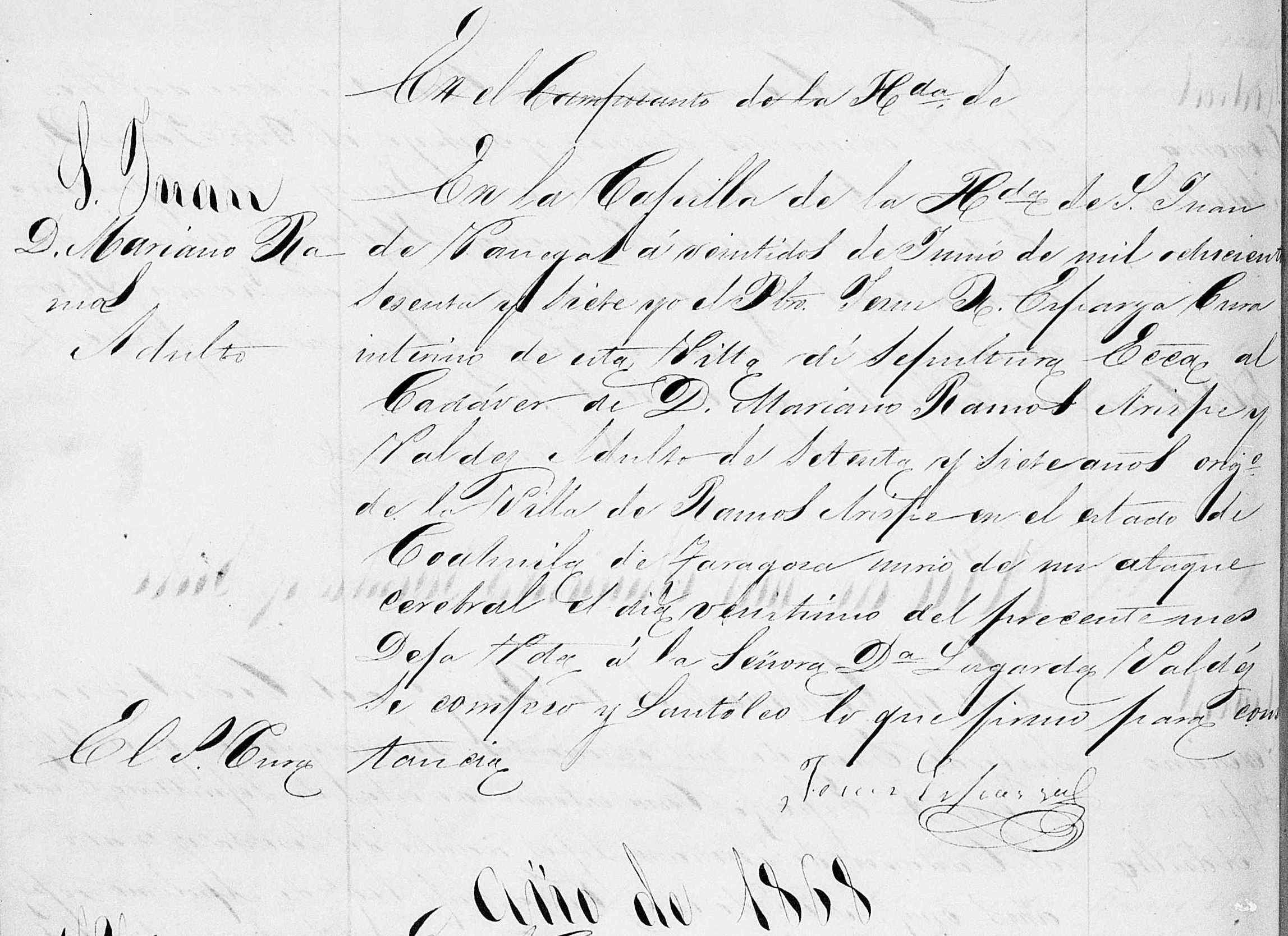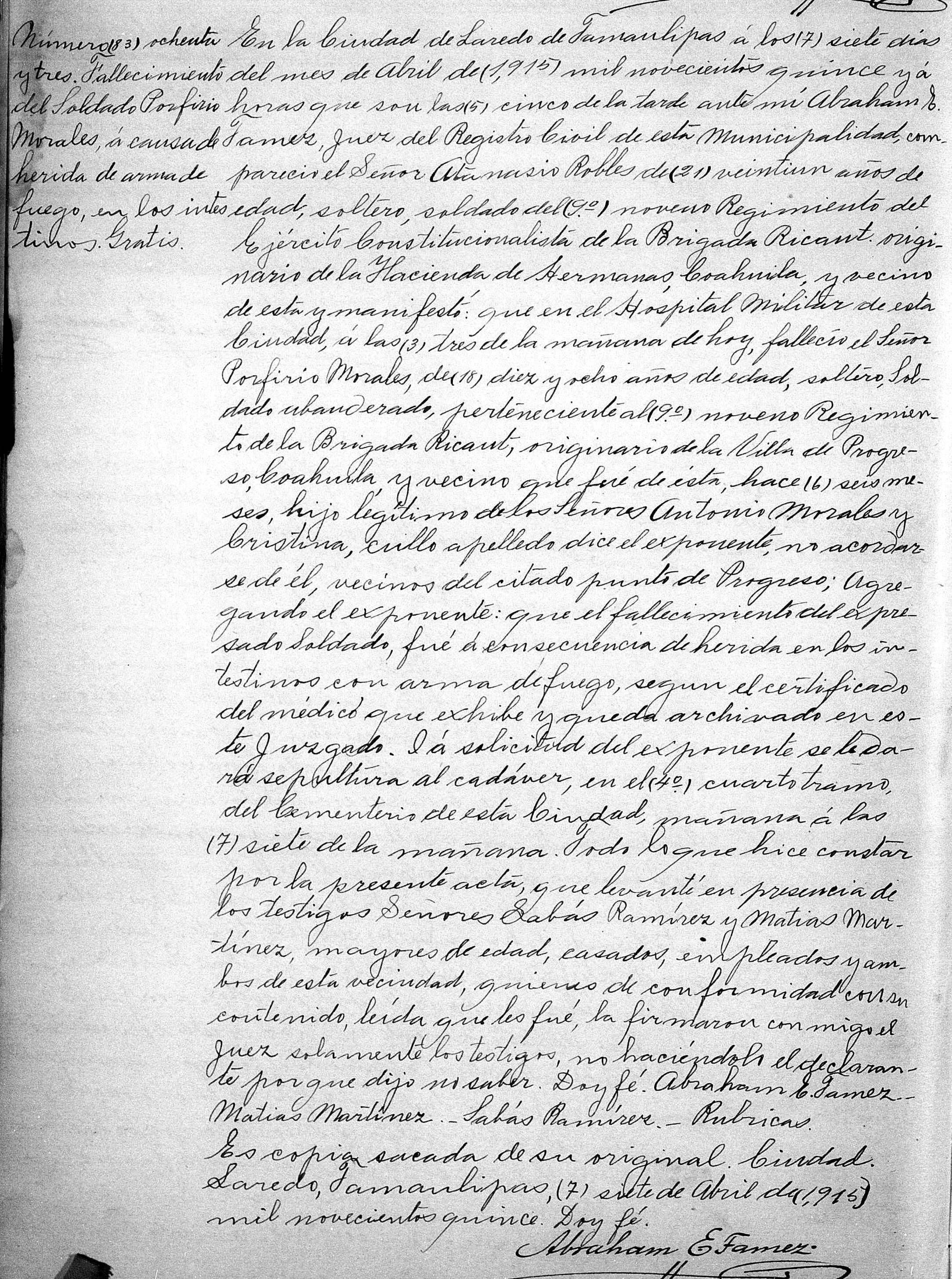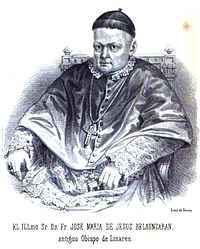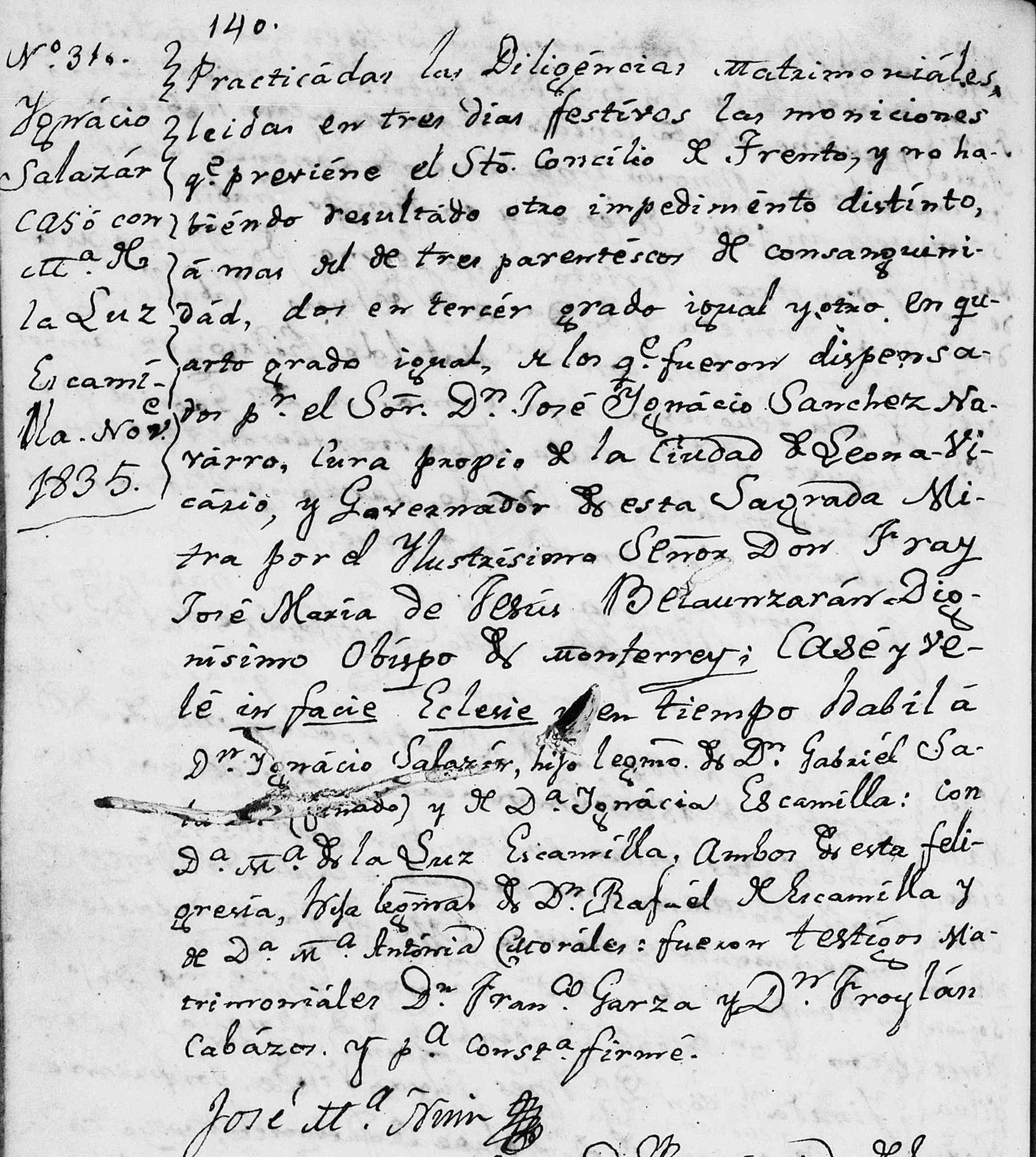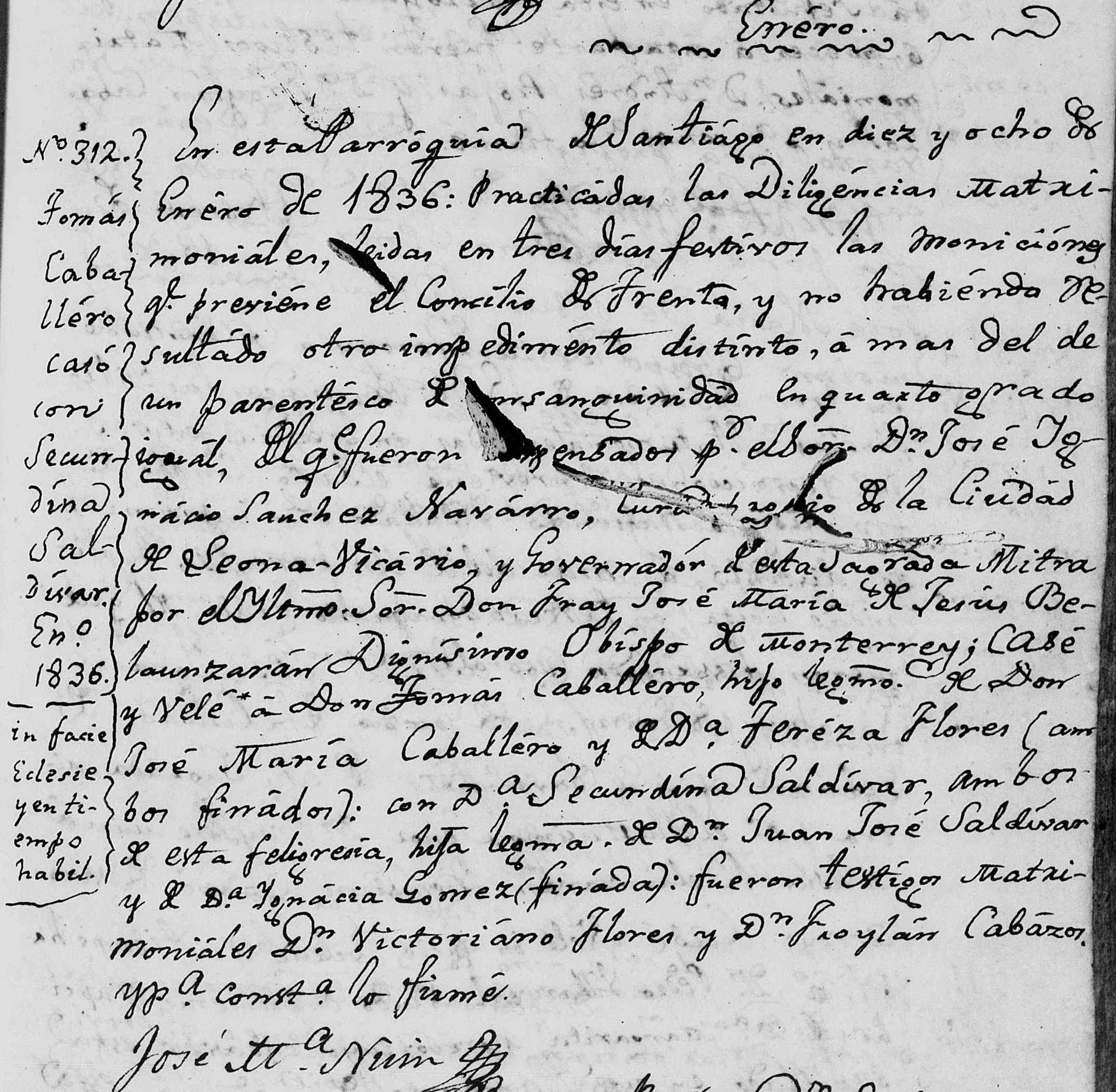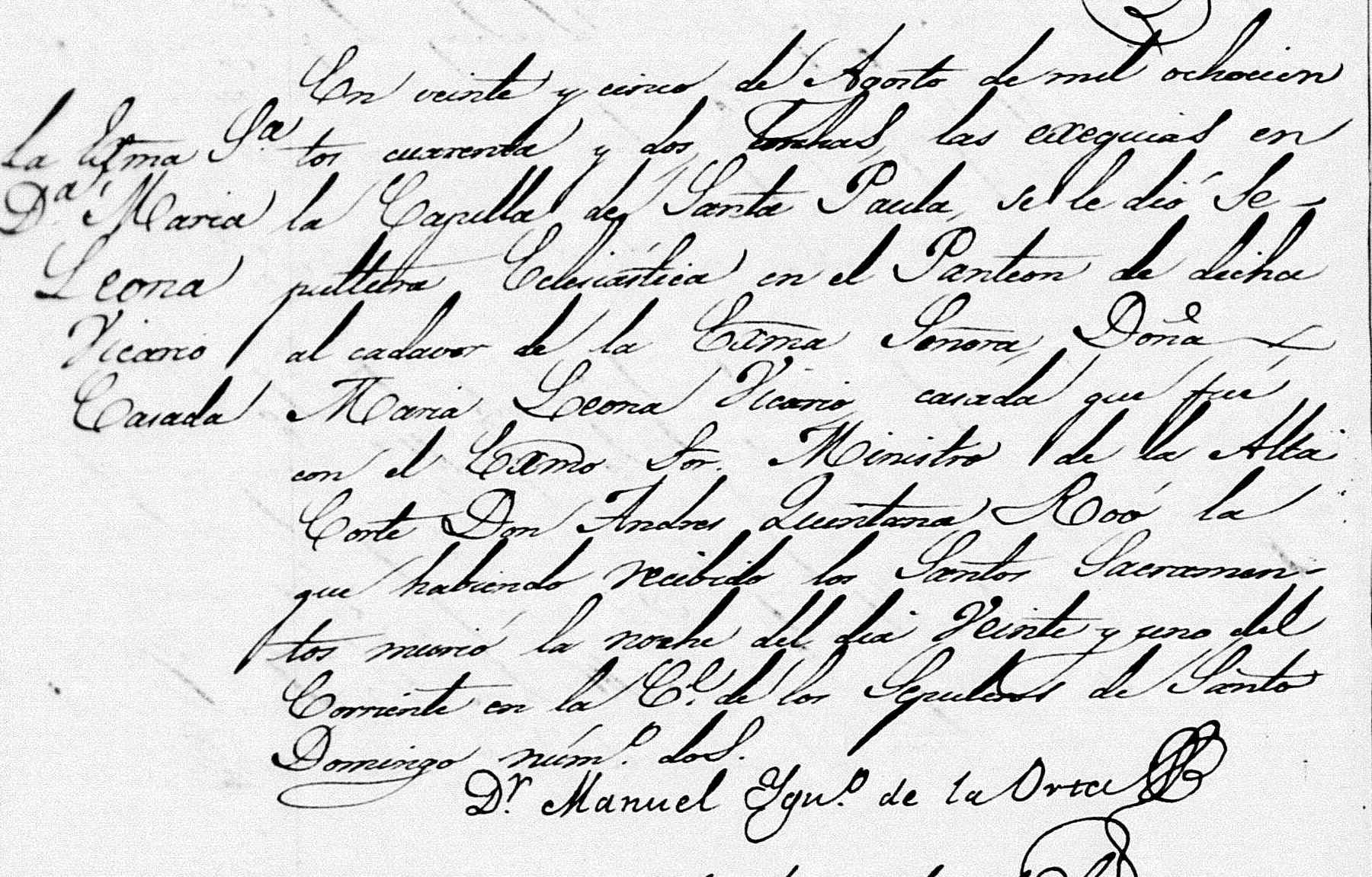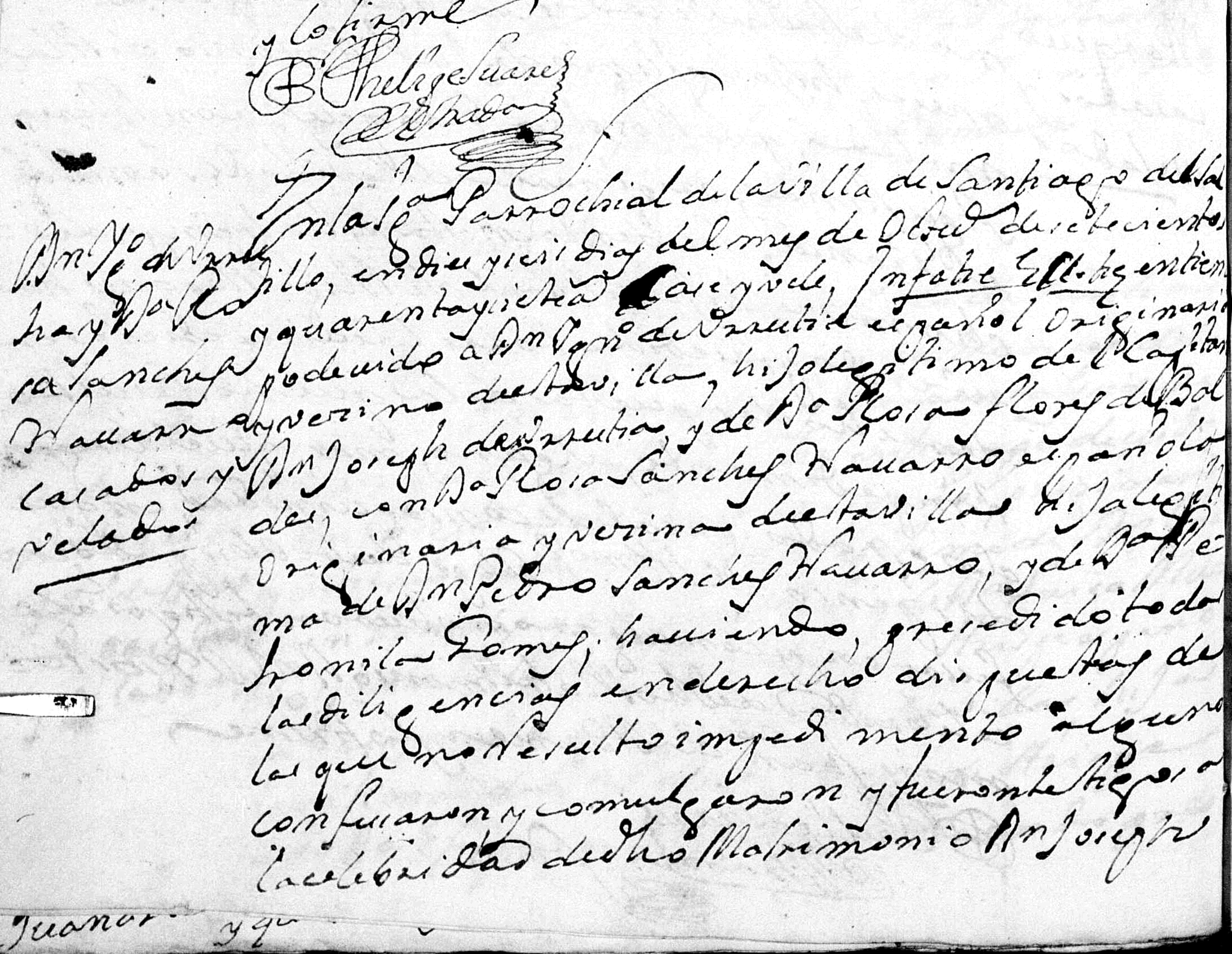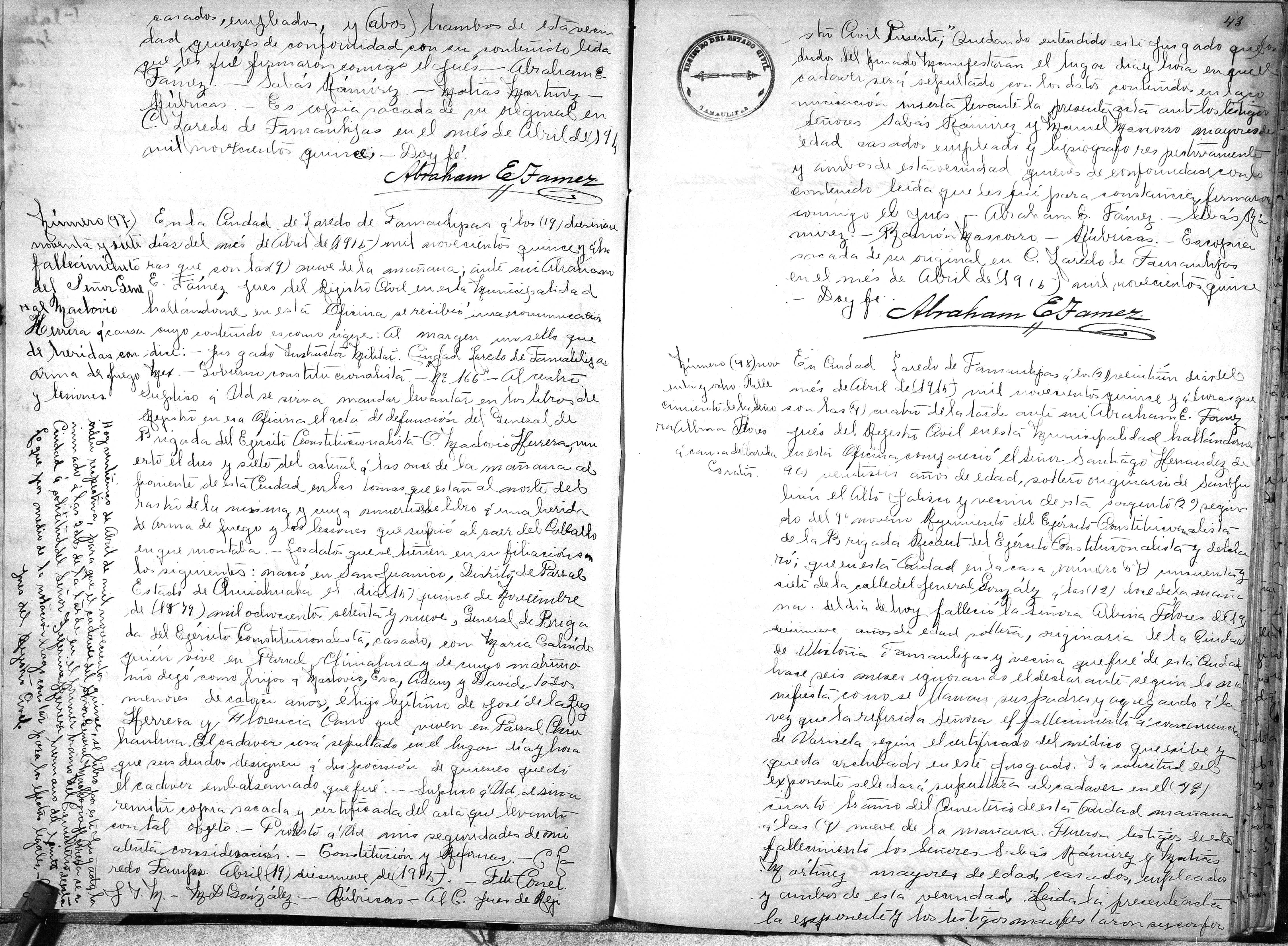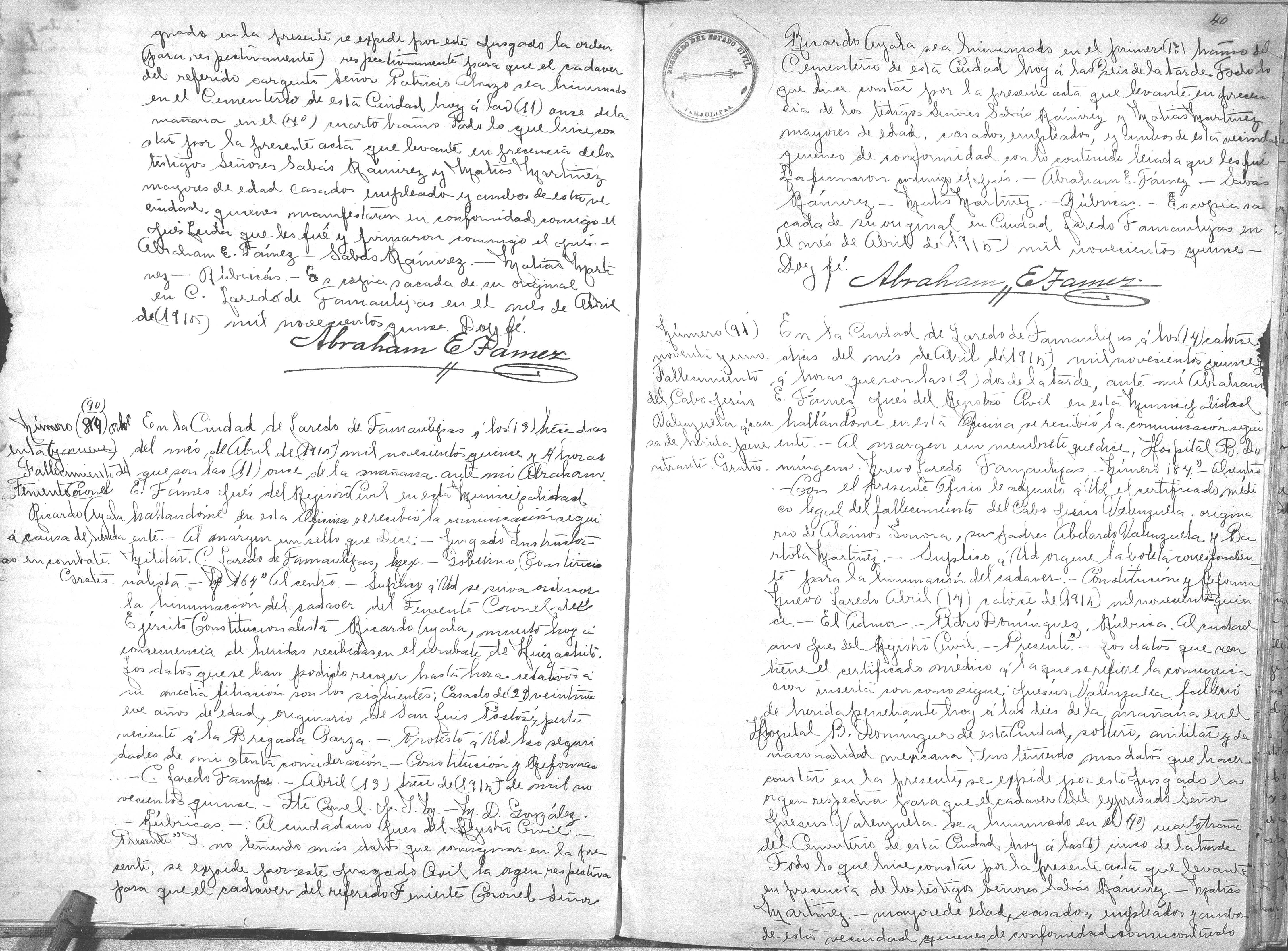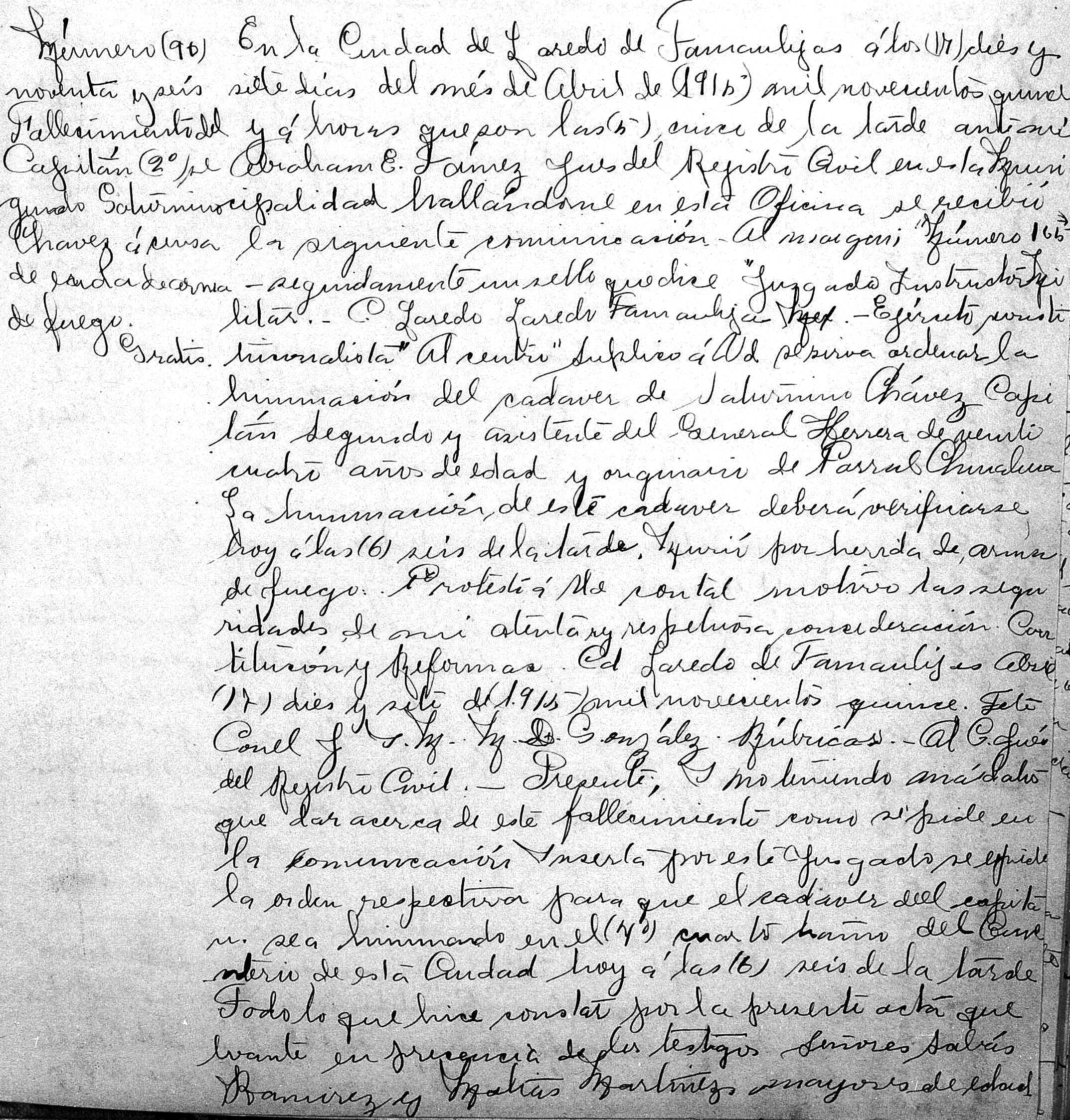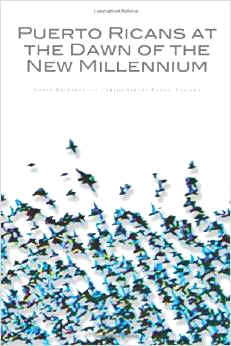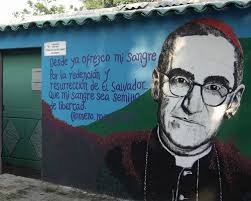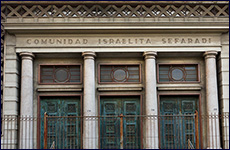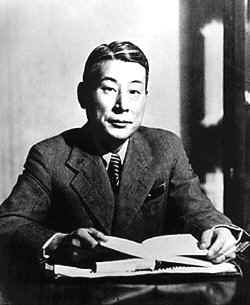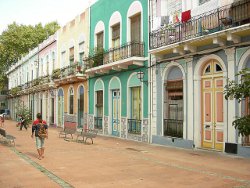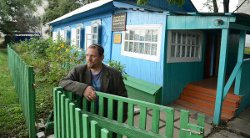Born a slave late enough in the course of the
antebellum era not to have to endure the scourge of that cursed
institution for life, Anna Julia Cooper believed that intelligent
women's voices brought balance to the struggle for human rights. She
manifested her superior intellect and persuasive oratory ability
primarily as a Washington D.C. educator, but also worked as a teacher
of mathematics, Greek, and Latin at St. Augustine's Normal and
Collegiate Institute in Raleigh, North Carolina (1873-81 and 1885-87);
teacher of ancient and modern languages, literature, mathematics, and
language department head at Wilberforce University in Xenia, Ohio
(1884-85); and teacher of languages on a college level at Lincoln
Institute in Jefferson City, Missouri (1906-10). As an intellectual,
embryonic feminist/womanist theorist and critic, master teacher, and
philosopher, Cooper displayed consistent erudition and exactness. A
Christian woman of high standards, principles, and moral caliber she
seemed to have lived an errorless existence to the point of being
faultless. Cooper's experiences with racism and sexism were most
likely the impetus that stimulated her to challenge prevailing
patriarchal exclusionary practices. She referenced herself as
“Black” at a time when the nineteenth century coinage for African
Americans was “Negro.”
Racism scarred her as an activist in the North
Carolina Teachers Association when she sought salaries for African
American teachers that were equitable to White teachers' salaries
(1886). Further humiliation of a racist nature occurred in 1892 when
railroad personnel ejected her from the waiting room—first class
ticket in hand—in her hometown of Raleigh, North Carolina because of
color discrimination. Sexism bruised her emotionally as a student at
St. Augustine's Normal and Collegiate Institute (1868-73) when she
protested against the differences between boys' and girls' curricula
and the availability of financial assistance for boys but no matching
funds for girls. School officials later admitted her to the Greek
course initially set up for men. Cooper came face-to-face with sexism
again when she entered Oberlin College in Oberlin, Ohio in 1881 and
discovered that it had a “Ladies” course, an experiment in
educational access that was inferior to the classical course offered
to men. This practice prevailed although Oberlin faculty had a
reputation of being progressive thinkers, and the college was among
the first to open its doors to students of African heritage.
Nevertheless, university officials returned to the dominant thought of
the nation and upheld the norm of racism, segregating dormitories and
making admission of qualified African Americans difficult, if not
impossible. Ironically, at St. Augustine's Normal and Collegiate
Institute Cooper met and married in 1877 the ministerial
candidate—the second African American in North Carolina in 1879 to
be ordained an Episcopal priest— and professor of Greek, George A.
Christopher Cooper of Nassau, Bahamas, British West Indies, only to
lose him to death September 27, 1879. As a widow Cooper was free to
pursue greater educational opportunities.
After entering St. Augustine's Normal and Collegiate
Institute for emancipated African Americans on scholarship in 1868 as
a nine and a half-year-old precocious youngster, Cooper began in 1869
at age eleven to tutor students older than she, evidence of her
advanced academic ability at a tender age and indication of her future
career path. The school's mission was to train future teachers, and
Cooper's destiny was established. As a twenty-three-year-old Oberlin
College entering freshman in 1881 Cooper selected the more prestigious
classical “Gentleman's Course” of study, earning the AB (1884) and
MA (1887) degrees, along with Mary Church Terrell (1863-1954) and Ida
Gibbs Hunt (1862-1957). Oberlin administrators awarded Cooper the
advanced degree based on her college teaching ability. In her career
as a public school educator at the Washington High School in
Washington D.C. Cooper worked first as a mathematics and science
teacher (1887-1902). She then became a Latin teacher and principal of
the distinguished M Street High School, established in 1891, formerly
the Preparatory High School for Colored Youth. Cooper was the second
woman—the first was Emma J. Hutchins—to serve the institution in
this male-dominated capacity—(1902-06). This institution produced
some of the greatest African American professionals of the late
nineteenth and twentieth centuries. Not far from the old M Street High
School location a larger edifice on a new site to serve a greater
population was completed in 1916 (razed in 1976) and renamed Paul
Laurence Dunbar High School. Cooper was an influential force in the
new name of the M Street High School, as well as lyrical composer of
its Alma Mater (1924), which was set to music by Mary L. Europe, her
former student turned colleague.
However, for Cooper the leadership role of principal
became daunt, overshadowed with disdain by some school officials who
abhorred Cooper's managerial style and record of success rather than
the lack of it. Cooper's White supervisor Perry Hughes urged the
school board to force Cooper's resignation and relieve her of her
position following controversial statements printed in the Washington
Post regarding pending restrictions of classical education to
African Americans, a controversy precipitated by a speech delivered at
the school in 1902 by W. E. B. Du Bois (1868-1963), author of The
Souls of Black Folk (1903) and the twentieth century's most
esteemed African American intellectual and Atlanta University
professor at the time. Hughes objected to Cooper's college preparatory
course design and her determination to make African American students
competitive with Whites.
A classical course of study gave African American
students an advantage to compete for scholarships to prestigious
universities, including Ivy League institutions, but business courses
were offered at the school as well. Moreover, the academic
performances of M Street High School students created a perplexing
problem for many Whites regarding stereotypical notions of
intellectual inferiority among African Americans. The students proved
the stereotype untrue. Hughes was a proponent of Up from Slavery
(1901) author Booker T. Washington's (1856-1915) educational
philosophy to instruct African Americans in the industrial and
vocational trades. Also damaging to Cooper were the claims of student
misconduct at the school, teacher immorality, and the rumors of an
alleged affair with John Love, a colleague several years her junior
who was also relieved of duties as a teacher at the school. More
accurately, racist school board members frowned on women in leadership
roles and married or widowed professional women guiding youth. An
independent thinker and the fortitude to stay the course, Cooper could
not be swayed from her vision of superior education and the mastery of
high academic content for African American youths. She was also a
proponent of higher education for women and compassionate about
educational opportunities for the children of former slaves. Although
she had the support of the faculty, students, and citizenry, she paid
the highest penalty of dismissal. Upon the appointment of a new
superintendent Cooper returned to the M Street High School/Dunbar High
School in 1910 as a Latin teacher and retired from the institution in
1930.
In the summer of 1911 Cooper enrolled at à la
Guilde Internationale à Paris, returning in the summers of 1912 and
1913 to study the history of French civilization with Professor Paul
Privat Deschanel, French literature, and linguistics, earning a
Certificate of Honorable Mention. Columbia University in New York City
accepted her as a doctoral candidate July 3, 1914 based on her
academic achievement in France and certified her language proficiency
in French, Greek, and Latin. She began a doctoral thesis in French but
was unable to meet Columbia's mandatory one-year residency rule. In
the summer of 1924, the decade of the 1920s considered the height of
the Harlem Renaissance, Cooper transferred her Columbia equivalency
status credits to Université Paris—Sorbonne where she completed her
doctoral requirements at the age of sixty-five, becoming the fourth
African American woman affiliated with the M Street High School/Dunbar
High School to earn a PhD. The others were Georgiana Rose Simpson, Eva
Beatrice Dykes, and Sadie Tanner Mossell Alexander. She also was the
fourth African American woman in the United States to earn a PhD.
Cooper was also the first woman and the first African American woman
resident of Washington D.C. to earn a PhD from the Sorbonne, as well
as the first African American woman born a slave to do a doctoral
defense at the Sorbonne.
In keeping with her standard as the consummate
educator, Cooper advocated extension education for employed adults.
She devoted long uncompensated hours to Frelinghuysen University in
Washington D.C. , founded in 1906 by Dr. Jesse Lawson and his wife
Rosetta E. Lawson, serving as one of its teachers and its second
president (1930-41), as well as relocating the school to her home at
201 T Street, NW in the LeDroit Park community to hold classes when
university authorities faced eviction from the main campus building.
Today Cooper's home is part of the African American Heritage Trail and
the Historical Society of Washington D.C. Struggling economically
through the depression and losing its charter in 1937, the financially
strapped establishment became Frelinghuysen Group of Schools for
Employed Colored Persons in 1940, and Cooper served as registrar
(1940-50), continuing her loyal commitment to the edification of
African Americans even as an elderly educator.
Cooper was a tireless community, political, and
social activist. She was one of three African American teachers
(Parker Bailey and Ella D. Barrier) who participated in a Toronto,
Canada cultural exchange program arranged by the Bethel Literary and
Historical Association (1890s). She also addressed the Convocation of
Black Episcopal Ministers in Washington D.C. (1886) and the
Convocation of Clergy of the Protestant Episcopal Church the same year
on the topic of “Womanhood A Vital Element in the Regeneration and
Progress of a Race”; read her essay “The Higher Education of
Women” at the American Conference of Educators in Washington D.C.
(1890); shared the podium with Booker T. Washington at the Hampton
Conference (1892)in Virginia; was one of three women (Fannie Jackson
Coppin and Fannie Barrier Williams) to explicate poignantly at the
Women's Congress in Chicago which coincided with the World's Columbian
Exposition (1893); was one of three women (Helen A. Cook and Josephine
St. Pierre Ruffin) to address the National Conference of Colored Women
(1895) in Boston, spoke at the National Federation of Afro-American
Women (1896) in Washington D.C. ; was one of two women (Anna Jones) to
represent African American views at the Pan-African Conference in
London (1900); and lectured at the Biennial Session of Friends'
General Conference in Asbury Park, New Jersey (1902).
Moreover, she helped to organize the Colored Woman's
League (1892), founded the Colored Women's Young Women's Christian
Association—Phyllis Wheatley YWCA—(1904) and its chapter of Camp
Fire Girls (1912), and was one of the founders of the social services
organization The Colored Settlement House (1905). She was women's
editor of The Southland magazine (1890), possibly the first
African American magazine in the United States devoted to keeping
readers informed of issues and progress. Impressively, Cooper was the
lone female invited to membership in the elite American Negro Academy,
an African American intelligentsia organization founded by Rev.
Alexander Crummell March 5, 1897. Officials of the organization
included W. E. B. Du Bois (1868-1963), president and Rev. Francis J.
Grimké, treasurer. Members included the father of Black History
Week/Month Carter G. Woodson and co-founder of the Negro Society for
Historical Research Arthur A. Schomburg (1874-1938) whose collection
of Africana documents would culminate into the New York Public
Library's Schomburg Center for Research in Black Culture.
Cooper was born Annie Julia—named for the woman
for whom her mother was leased out to work as a nanny—August 10th to
Hannah Stanley Haywood (1817-99), a slave woman with minimal reading
and writing skills. She paid homage to her mother by naming a division
of Frelinghuysen University the Hannah Stanley Opportunity School,
designed for the purpose of educating adults with limited opportunity
for advanced schooling. Her father was George Washington Haywood,
brother of her mother's owner Dr. Fabius J. Haywood, Sr. , a wealthy
entrepreneur who amassed a fortune through family enterprises
involving the acquisition of land, assumption of loans and promissory
notes, leases and rentals, merchandising, partnerships,
pharmaceuticals, and slaves. Her siblings were musician and bandleader
Rufus Haywood (1836?-92) and Spanish-American War veteran Andrew
Jackson Haywood (1848-1918). Andrew married Jane Henderson McCraken in
1867. They adopted a son, John R. Haywood who married Margaret Hinton
whose untimely death led Cooper to assume guardianship of their
children—Regia, John, Andrew, Marion, and Annie—at a time when she
pursued higher education and assumed a mortgage to house her
burgeoning family (1915). Their ages ranged from six months to twelve
years. The infant Annie, her namesake and future heir, died from
pneumonia at the youthful age of twenty-four, a devastating blow to
Cooper and her hope of a successor. She was also foster mother to Lula
Love Lawson, an 1890 graduate of the M Street High School, and her
brother John, orphaned by the death of their parents. Cooper's
maternal grandfather, the slave Jacob Stanley, was skilled in the
building trades and was instrumental in the planning and construction
of the North Carolina State Capitol.
In 1925 under the guidance of Professor Alexander
(French history and language) of Columbia University Cooper published
her Columbia University thesis, Le Pélerinage de Charlemagne:
Voyage à Jérusalem et à Constantinople (The Pilgrimmage of
Charlemagne: Journey to Jerusalem and to Constantinople), a
translation into modern French of an eleventh-century French epic that
became a standard classroom text. Her Université Paris—Sorbonne
dissertation, “L' attitude de la France à l'égard de l'esclavage
pendant la Révolution” (The Attitude of France towards Slavery
during the Revolution), also written completely in French, was the
culmination of her formal education leading to the doctorate. Cooper's
French instructors at the Sorbonne were sociology professor Célestin
Bouglé, political history professor Charles Seignobos, and literature
and American civilization professor Charles Cestre. The French Embassy
in the United States was instrumental in Cooper's receiving her
diploma. District Commissioner William Tindall, the French ambassador
to the United States, the American ambassador to France Emile
Daeschner, and a representative from Columbia University presented the
PhD diploma to her at Howard University's Rankin Chapel on December
29, 1925 in a ceremony hosted by Xi Omega chapter of Alpha Kappa Alpha
sorority and Dr. Alain Locke (1886-1954), Howard University philosophy
professor, first African American Rhodes scholar, articulator of the
New Negro Movement which became the Harlem Renaissance, and speaker
for the occasion.
Cooper's dissertation is an inquiry into French
president Raymond Poincare's (1860-1934) attitude regarding racial
equality. She also examines the 1896 French-Japanese Treaty and French
naturalization laws as they pertain to Japanese, Hindu, and Black
people. The Society of Black Friends is explored. Cooper also analyzes
a speech given by Alphonse de Lamartine (1790-1869), French poet and
politician, and a speech delivered during the French revolution at the
National Assembly. Cooper discusses, too, a March 1842 banquet
regarding slavery abolishment.
Over the span of a few years the flame of Cooper's
early feminist/womanist thinking exploded into a full fire. The result
is the seminal publication A Voice from the South, By a Black
Woman of the South (1892), a compilation of various speeches and
lectures that she delivered on public platforms. The book's recurrent
themes are education and feminism. Cooper espouses a
non-confrontational approach to issues of race, class, and gender and
the domination and oppression of women by both Black and White men and
encourages women to expose and attack injustice wherever it exists.
She gears the essays to a learned audience, not to the emancipated
slaves who were mostly illiterate, though she champions their cause.
The book is for the teachers of this deprived population who have the
responsibility and the authority to introduce new ideas and challenge
minds, especially women in the profession, all women in general and
African American women in particular. Her genre is the formal essay.
She uses it to explain her philosophical stance, combining facts,
theory, and sincere purpose. Her essays are classical in form,
structure, and style, but they are also autobiographical and
introspective narrative, incorporating her perspectives of life's
experiences. She uses the language of Christian doctrine to examine,
support, and specify her ideas, quoting relative scriptural texts that
illustrate her views. She considers scriptural references manna for
living the right kind of life. She also uses poetry within her essays
to emphasize important points. Her essays are discussions of political
topics to inspire change by appealing to the consciences of reasonable
readers who may be empowered to act. The book is indicative of the
cultural value of the essay as a political tool for nineteenth-century
African American women.
Cooper feels that the “woman's era” (1890s) when
women activate their voices in the National Association of Colored
Women's Clubs and woman suffrage is an excellent time to “examine
the feminine half of the world's truth.” Her book contains two
sections of four essays each. The first section, “Soprano Obligato,”
focuses on women's issues, nineteenth century women facing the new era
of the twentieth century in which they will have vital impact. The
next section, “Tutti Ad Libitum,” analyzes the race problem and
its negative effects in American society. Both sections address the
human condition and how best to improve the status of those relegated
to the lowly places in life. In Cooper's opinion America failed to
provide mechanisms of uplift to all its citizens, for any society that
dooms any of its members to a permanent low caste will never achieve
the fullness of its possibilities. The period in which Cooper writes,
the 1890s, is an era in which women, African American and White, tear
down barriers that prohibited them from becoming productive and
meaningful contributors to society. However, society at this time is
more receptive to White women although mass protests are the channels
used to gain them this tolerance. The 1890s also mark a backlash in
African American progress, and it is a climate that tolerates an
increase in lynching. Cooper feels that the time is suitable for the
“voiceless Black Woman of America” to explain in detail America's
problems, and the relevance of the time in which African Americans are
twenty-seven years out of chattel slavery.
The first essay in the book, “Womanhood a Vital
Element in the Regeneration and Progress of a Race,” identifies two
sources responsible for perpetuating images of women, the Feudal
System and Christianity. The former initiated honor and respect and
the latter reverence, but, according to Cooper, both are unrealized.
Cooper believes that women's past is not their doing, but the future
is theirs to control if they reject ignorance and accept higher goals,
i.e. , acquiring higher education. She warns that intellectual
weaknesses in the nineteenth century are attributable to patriarchs of
the institution of slavery but a century later will be used as proof
of innate inferiority. She recapitulates some of the myths surrounding
women and intelligence in “The Higher Education of Women,” which
includes a section that addresses “The Higher Education of Colored
Women.” She maintains that higher education does not reduce women's
eligibility for wifehood or motherhood or nullify their domestic
ability; men and women can approach matrimony as equals educationally
and economically, for their higher knowledge qualifies them even more
in the managing of households and in the training of children. For
African American women she espouses intellectualism with the balance
of Christian virtues, indicating that a strong moral fiber must
accompany in-depth knowledge of arts, sciences, business, and social
work. The essay “Woman Versus the Indian” highlights dedication to
the survival and wholeness of all people, but its title is misleading.
She posits a theory that all avenues of social life are under the
auspices of women, e.g. , a national standard of courtesy—“like
mistress, like nation.” She believes that women are the moral
conscience of the nation, practitioners of good manners and the Golden
Rule, which if women apply universally would shake the foundations of
racism and the stronghold that men have on society. “The Status of
Woman in America” pays homage to women's strength and to the
celebration held in Chicago of the “fourth centenary” of the
continent's discovery. Since the nation's founding Cooper believes
that women have been in training to assume leadership positions, to
effect change in the twentieth century, and to recognize the
contributions of African American women to America.
“Has America a Race Problem; If So, How Can It
Best Be Solved?” is the lead essay of the second section. Cooper
elaborates on issues of race and class and identifies two kinds of
peace, the kind that comes from suppression and the kind that evolves
from adjustment. Her preference is the latter, that compromise,
reciprocity, and tolerance are the only survival tools of the nation.
Cooper assumes the role of literary and social critic in “One Phase
of American Literature.” Her commentary centers on economic
self-determination, reparations for African Americans, and love and
appreciation for the folk, the “silent factor,” the producers of
true American literature (folklore and folk songs). “What Are We
Worth?” examines the economic ramifications that form African
American civilization since Emancipation. She writes that the world
benefits from inventions by African Americans but is unaware of the
role played by them in making lives easier. She pays tribute to
individuals whose contributions and inventions improved the lot of
humanity, calling this litany of names a “noble army” and “roll
of honor.” In “The Gain from a Belief” Cooper has a spiritual
focus and explores absolute and eternal truth, knowledge, and virtue,
necessary in the building of faith. Her view is that people need
something in which to believe, and “faith means treating the
truth as true.” She believes that faith benefits the newly
freed African American nation to persevere and drum up the gumption to
get to the next century and beyond.
Cooper delivered many of her lectures in African
American churches and perhaps for that reason the essays have a
Christian emphasis. She also introduced her ideas before learned
societies and community organizations. She uses the lecture circuit as
a political platform to postulate her theories of educational access
and social action and responsibility. Cooper's critical expressions
are idealistic, philosophical, and practical. Her theories are not
just ideas of the imagination but something more fundamental, the
incorporation of consciousness into what might be perceived as
thinking in the abstract. She considers each and every thought and
concludes that cognizance and consciousness are inseparable. The
experiences of the new African American nation do not occur
independently of what goes on in the mind. She believes if individuals
can think things, then people can achieve things. Her theories differ
from traditional Eurocentric theories because they are not merely
academic exercises to be discussed in academic circles. They are
aesthetic and practical; they are for the masses, not just the
cultural elite, although she stresses that an educated African
American class with the capacity to lead must implement the theories.
Cooper basically states tactics of survival. She encourages people to
do as nature does, take examples from nature's book of fair play. Hers
are theories in conflict resolution, a prototype which stresses never
to give up the struggle against misconceptions regarding race, class,
gender, politics, education, and economics. She remained an academic
motivator until her death from cardiac arrest at the age of 105,
concerned with the educational development of women and the
underrepresented. Cooper felt that her work in the progression of
higher education of women was unfinished. She ran out of time, but she
left a powerful legacy.
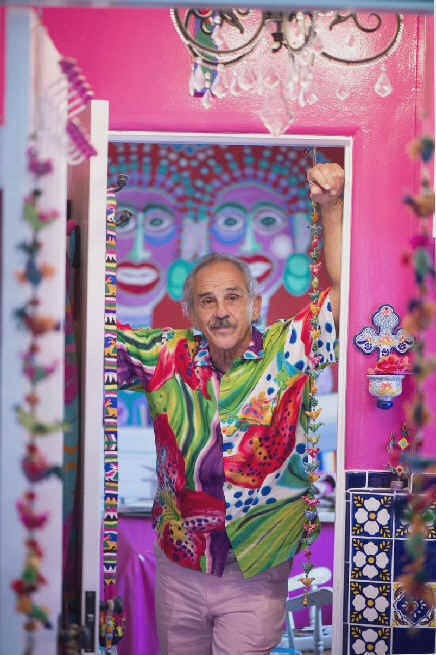

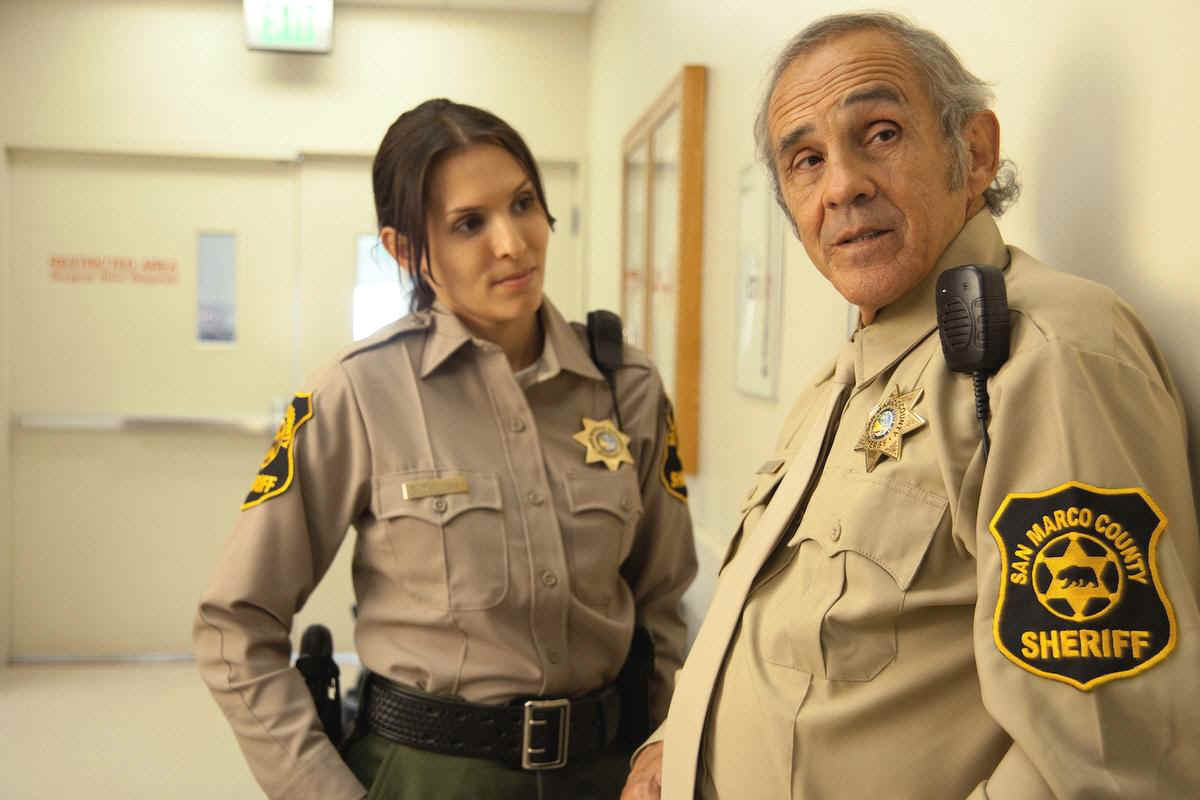 Fast forward. Serna is 70. And somebody, director Dave Boyle, not only hired him for the indie thriller “Man From Reno” but the part – Serna’s first leading role – was written specifically for him.
Fast forward. Serna is 70. And somebody, director Dave Boyle, not only hired him for the indie thriller “Man From Reno” but the part – Serna’s first leading role – was written specifically for him.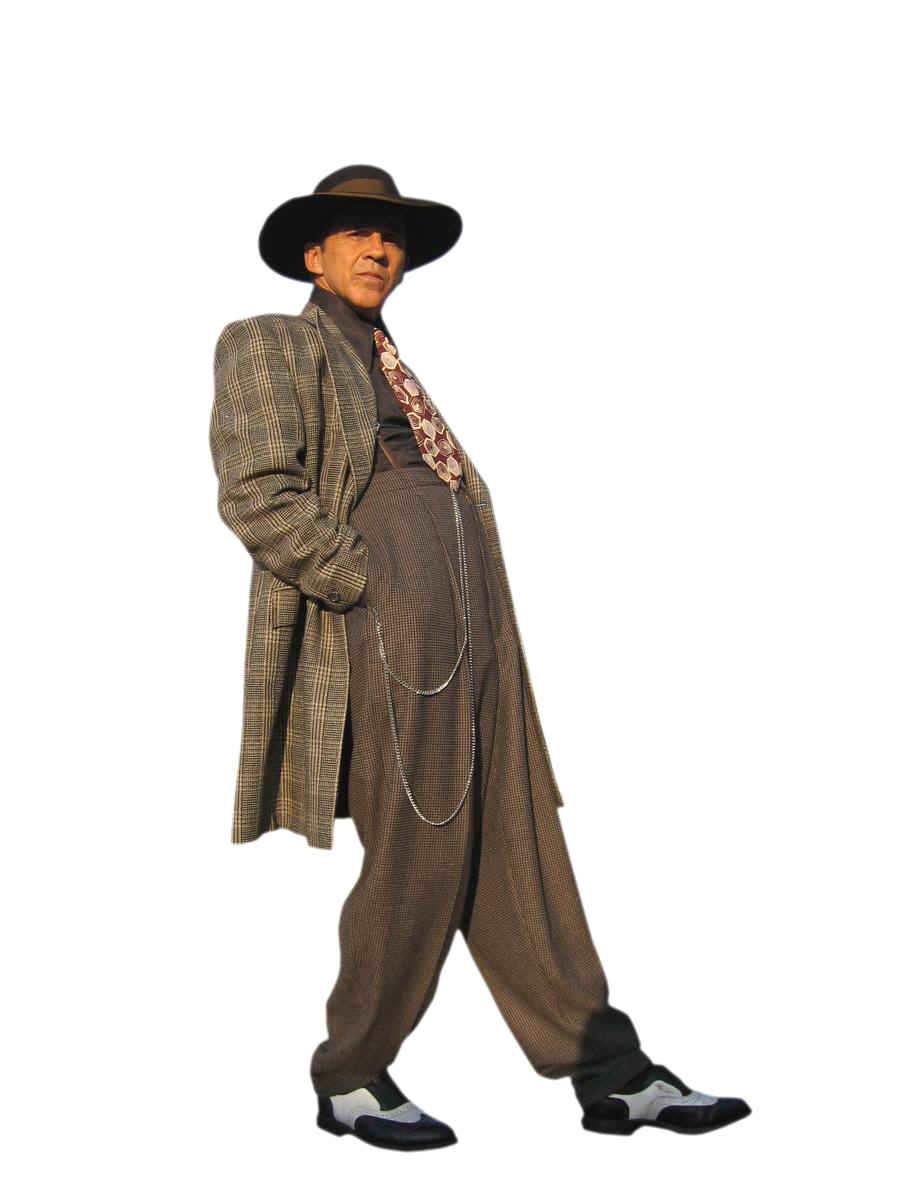
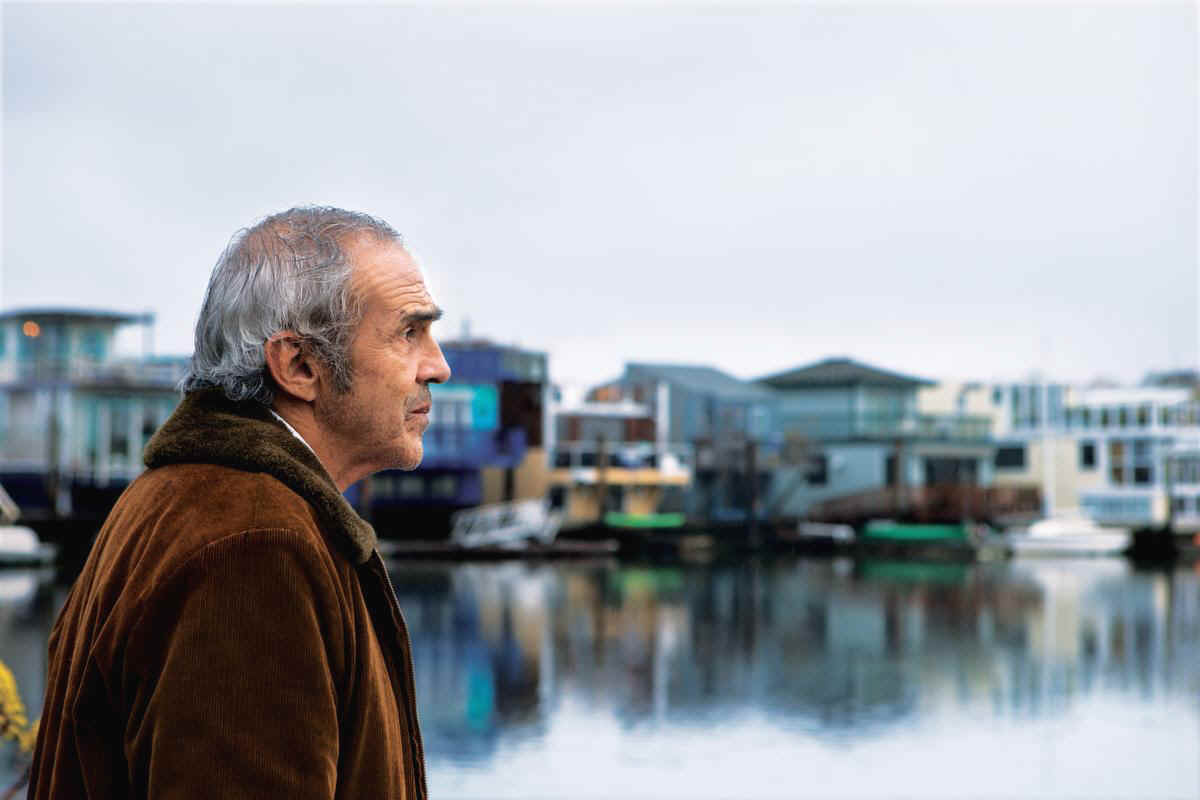
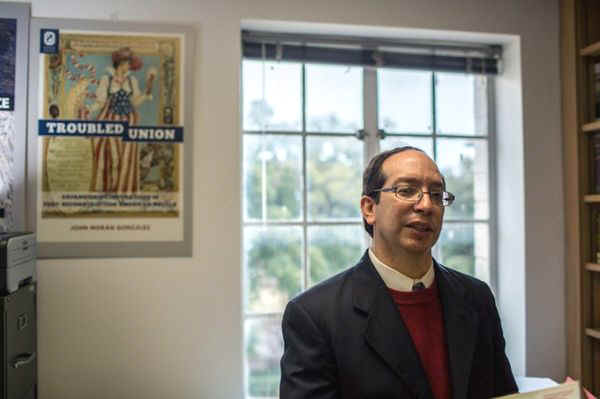
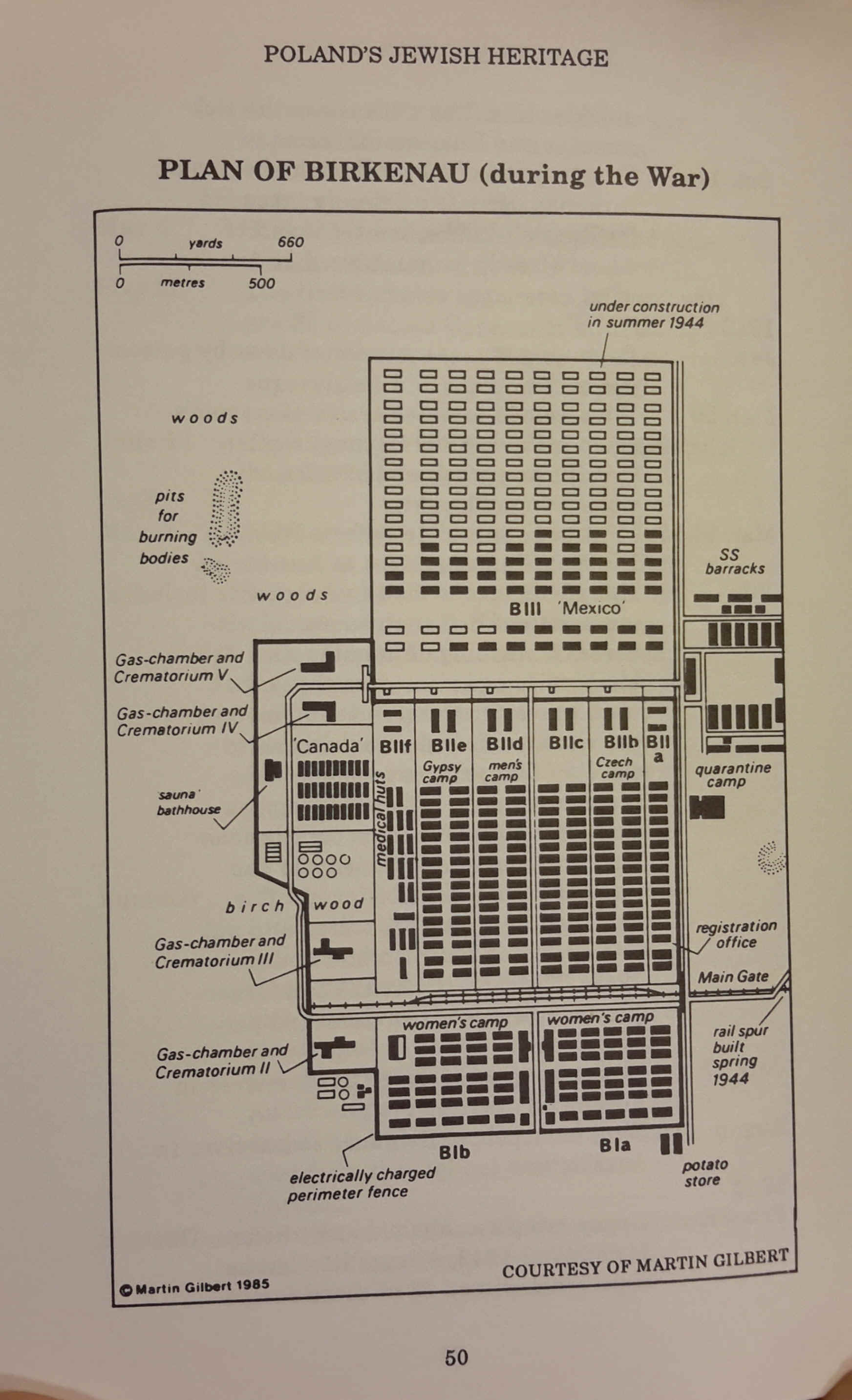
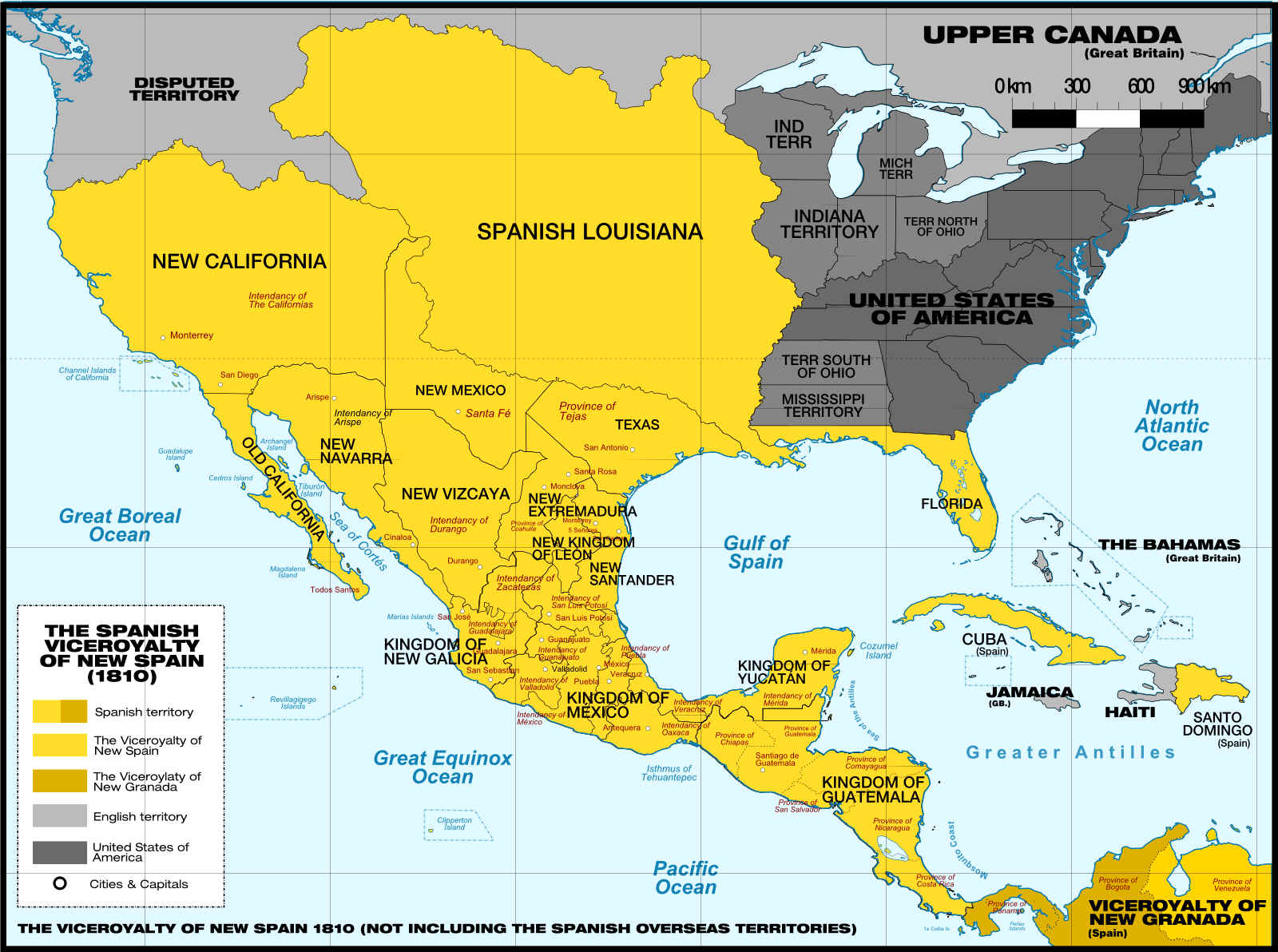
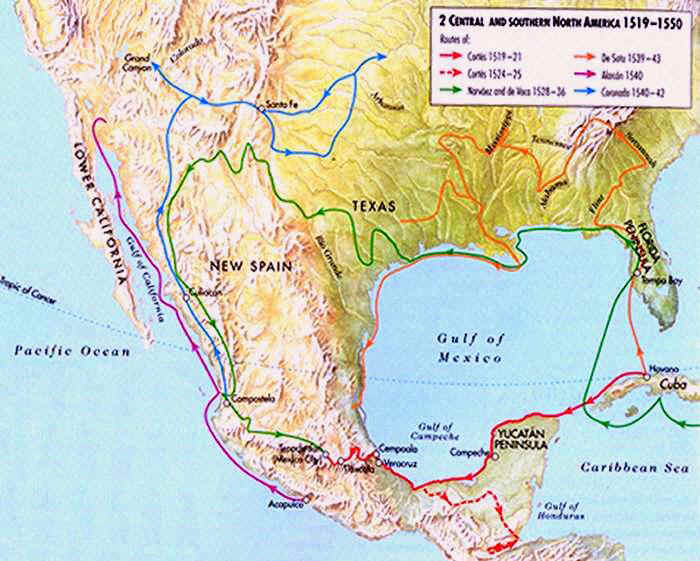

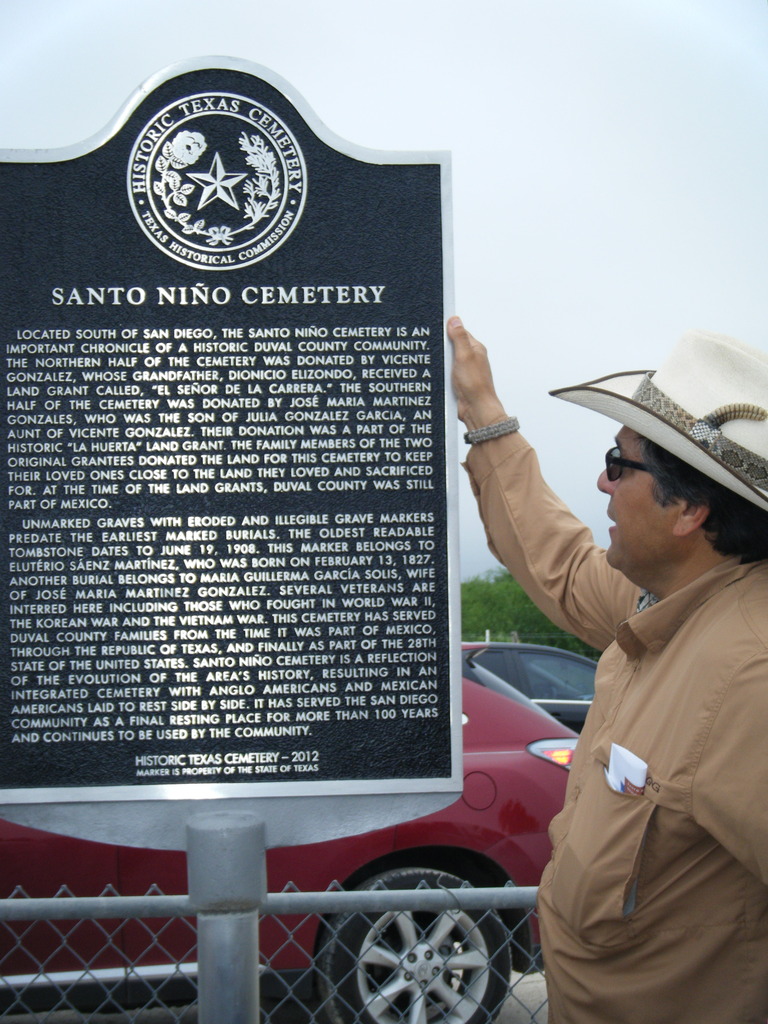
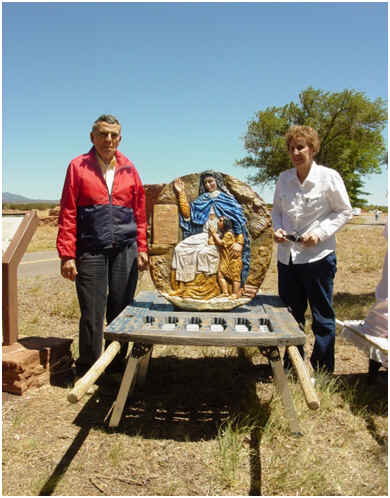
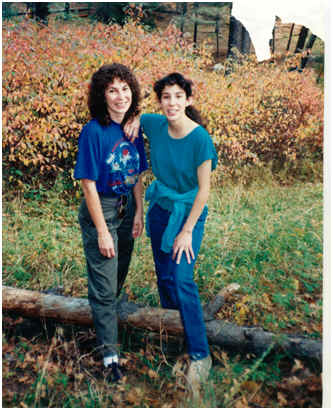
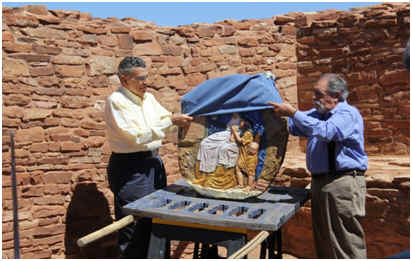
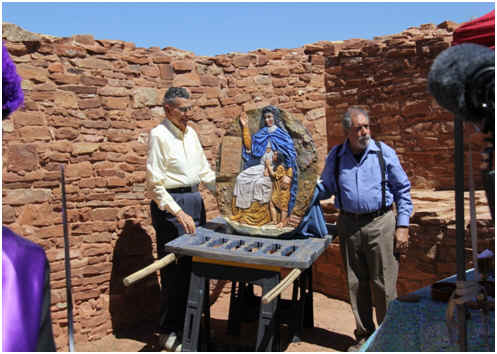
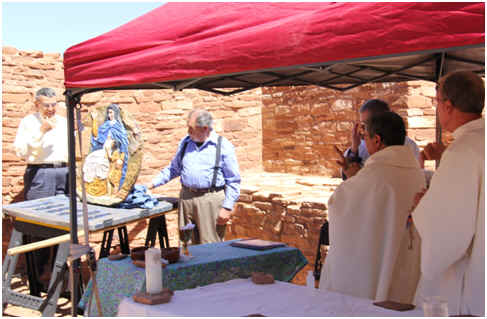

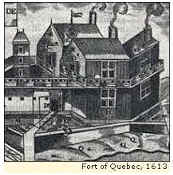
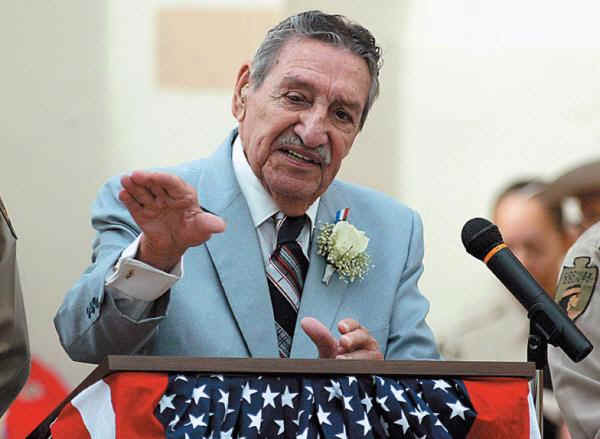
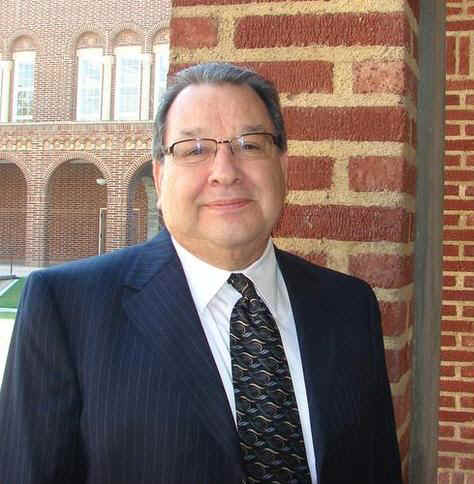
.jpg/220px-Eduardo_Galeano_ltk_(cropped).jpg)





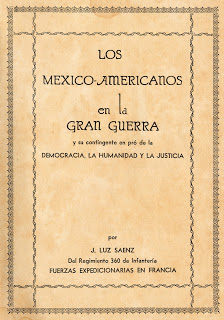
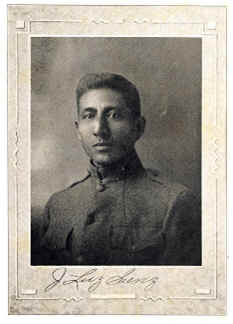
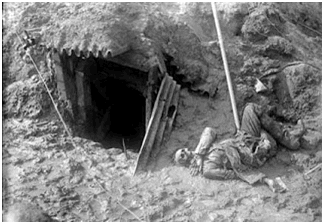 Military service also made it possible to serve the young in a more general way: “My country’s call took me from where I was, teaching the children of my people, and placed me where I could defend their honor, their racial pride, where I could assure them a happier future.”
His plans were to return to Texas and to point to the military contribution of Mexicans to justify a civil rights agenda. Luz thus called on Mexicans to consciously link the wartime language of democracy and the Mexican civil rights cause.
Luz also defined the Allied cause and the fight against discrimination in Texas as one war. Although the conflict was occurring in different places and involved different issues, the fighting was joined by a general concern for the rights of the dispossessed, both in France and in Texas.
Military service also made it possible to serve the young in a more general way: “My country’s call took me from where I was, teaching the children of my people, and placed me where I could defend their honor, their racial pride, where I could assure them a happier future.”
His plans were to return to Texas and to point to the military contribution of Mexicans to justify a civil rights agenda. Luz thus called on Mexicans to consciously link the wartime language of democracy and the Mexican civil rights cause.
Luz also defined the Allied cause and the fight against discrimination in Texas as one war. Although the conflict was occurring in different places and involved different issues, the fighting was joined by a general concern for the rights of the dispossessed, both in France and in Texas.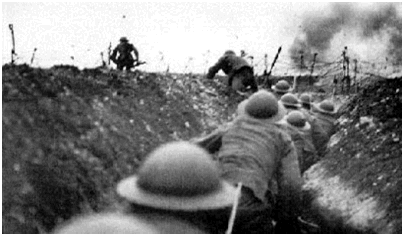 His earliest venture into public life allowed him to embrace his indigenous identity and to launch a career as a teacher and leader in the Mexican community of South Texas. At about the same time as his graduation, Luz and a small group of friends established a literary club and organized a formal celebration commemorating the birth and life of Benito Juarez, a member of an indigenous community who became one of Mexico’s major historical figures.
His earliest venture into public life allowed him to embrace his indigenous identity and to launch a career as a teacher and leader in the Mexican community of South Texas. At about the same time as his graduation, Luz and a small group of friends established a literary club and organized a formal celebration commemorating the birth and life of Benito Juarez, a member of an indigenous community who became one of Mexico’s major historical figures. 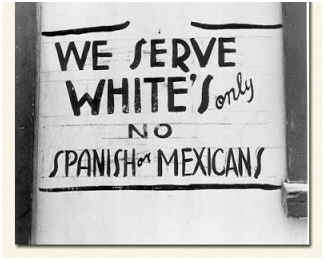

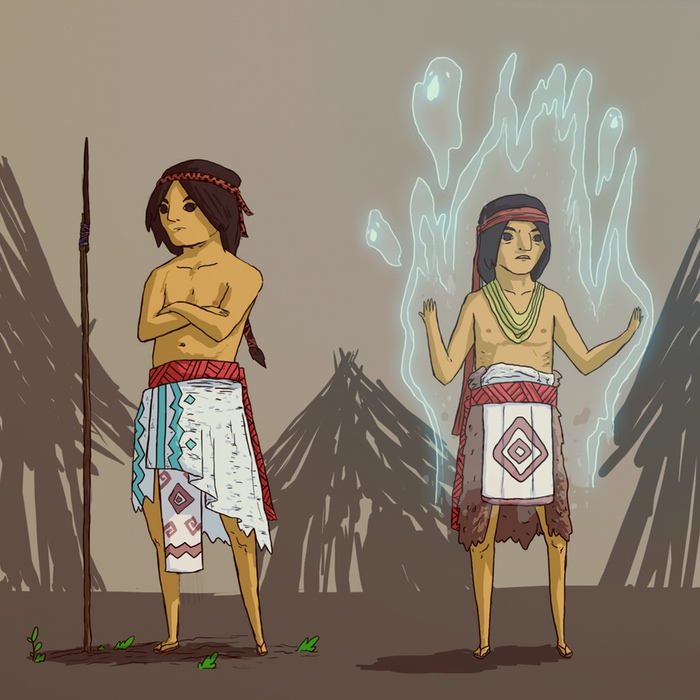



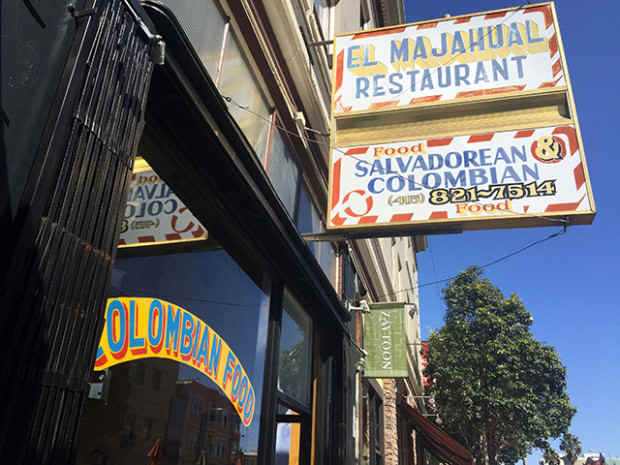
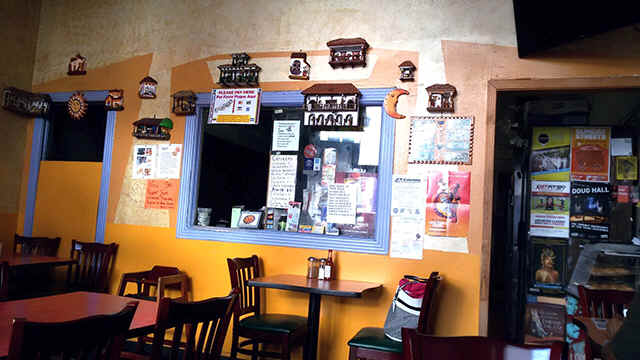

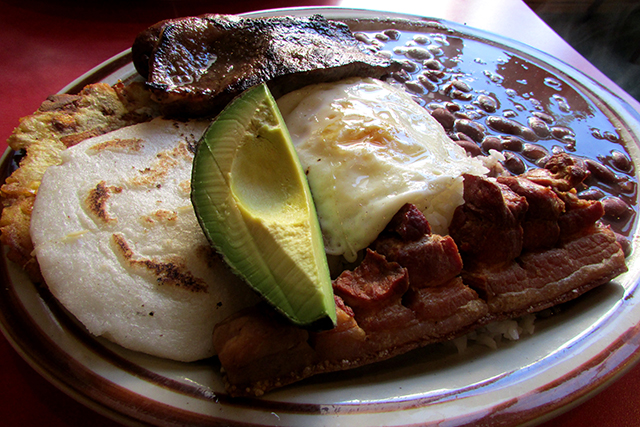
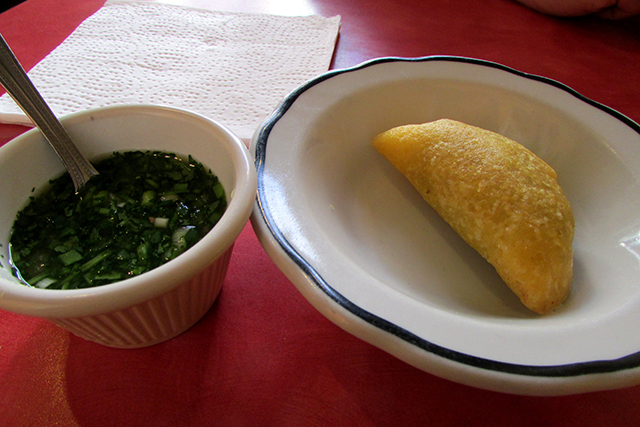
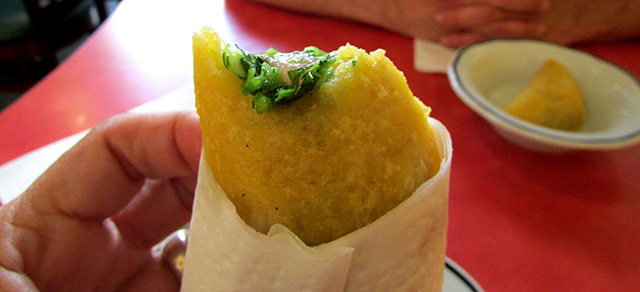
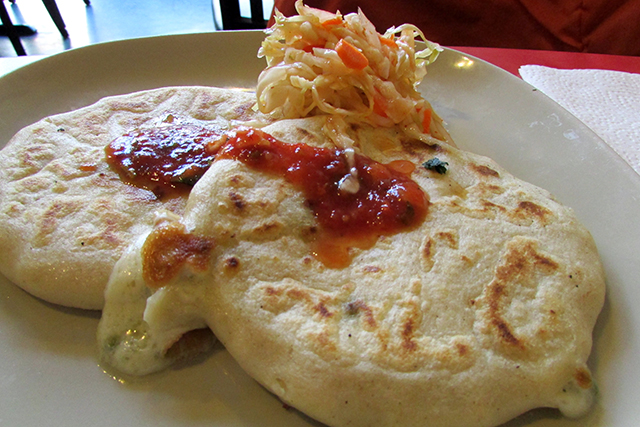
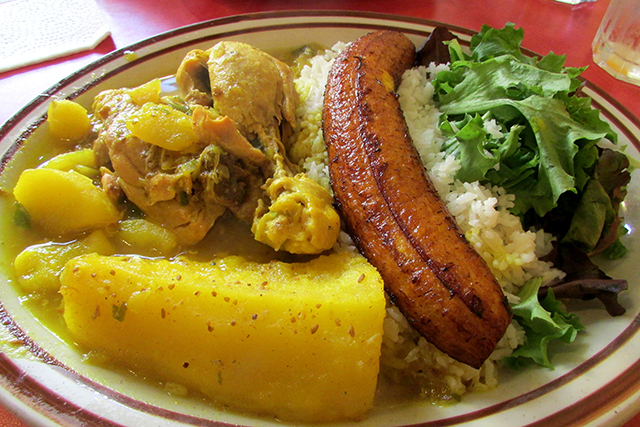
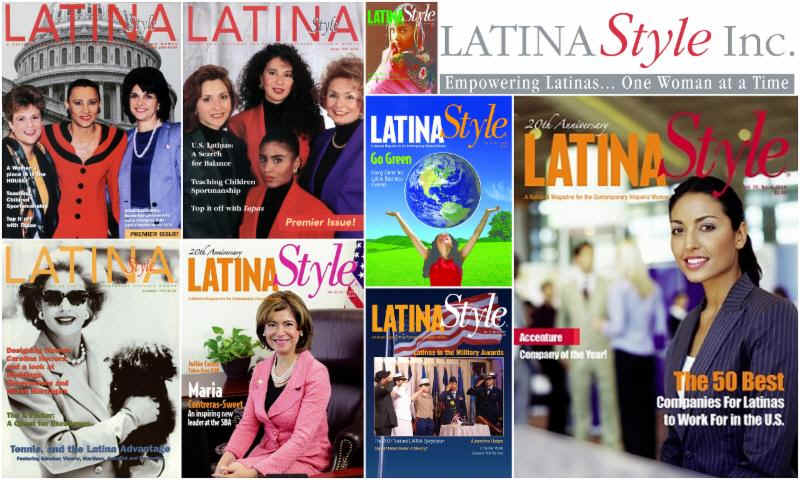
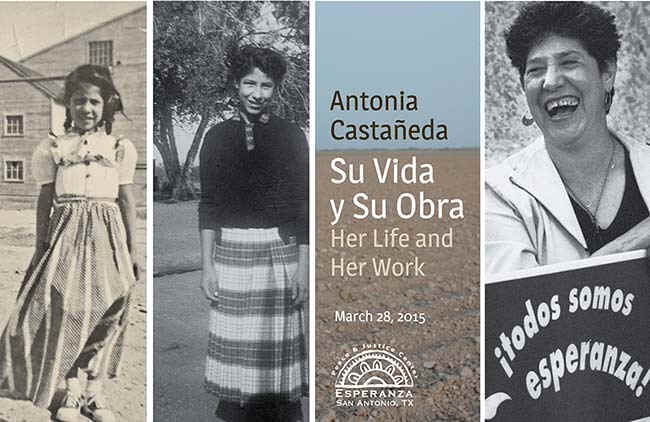
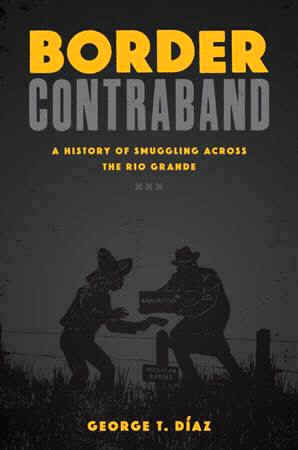
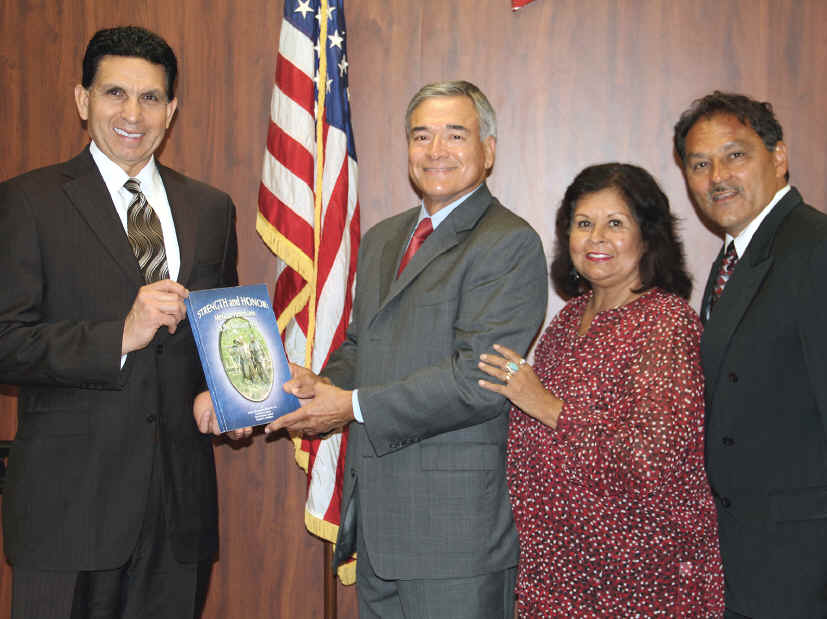

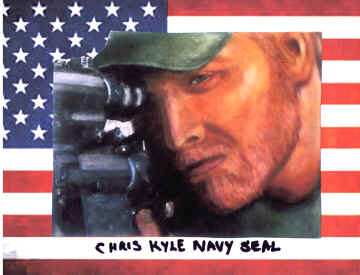

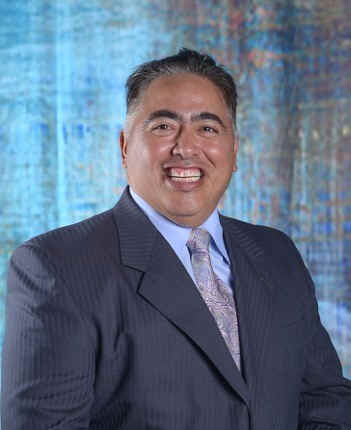

 The Battle of San Diego Bay, however, is a reminder of Spain’s early exploration of the Pacific, which was referred to as “Lagos Espanola,” or Spanish Lake, said Angeles Leira of the House of Spain, a cultural history organization.
The Battle of San Diego Bay, however, is a reminder of Spain’s early exploration of the Pacific, which was referred to as “Lagos Espanola,” or Spanish Lake, said Angeles Leira of the House of Spain, a cultural history organization.

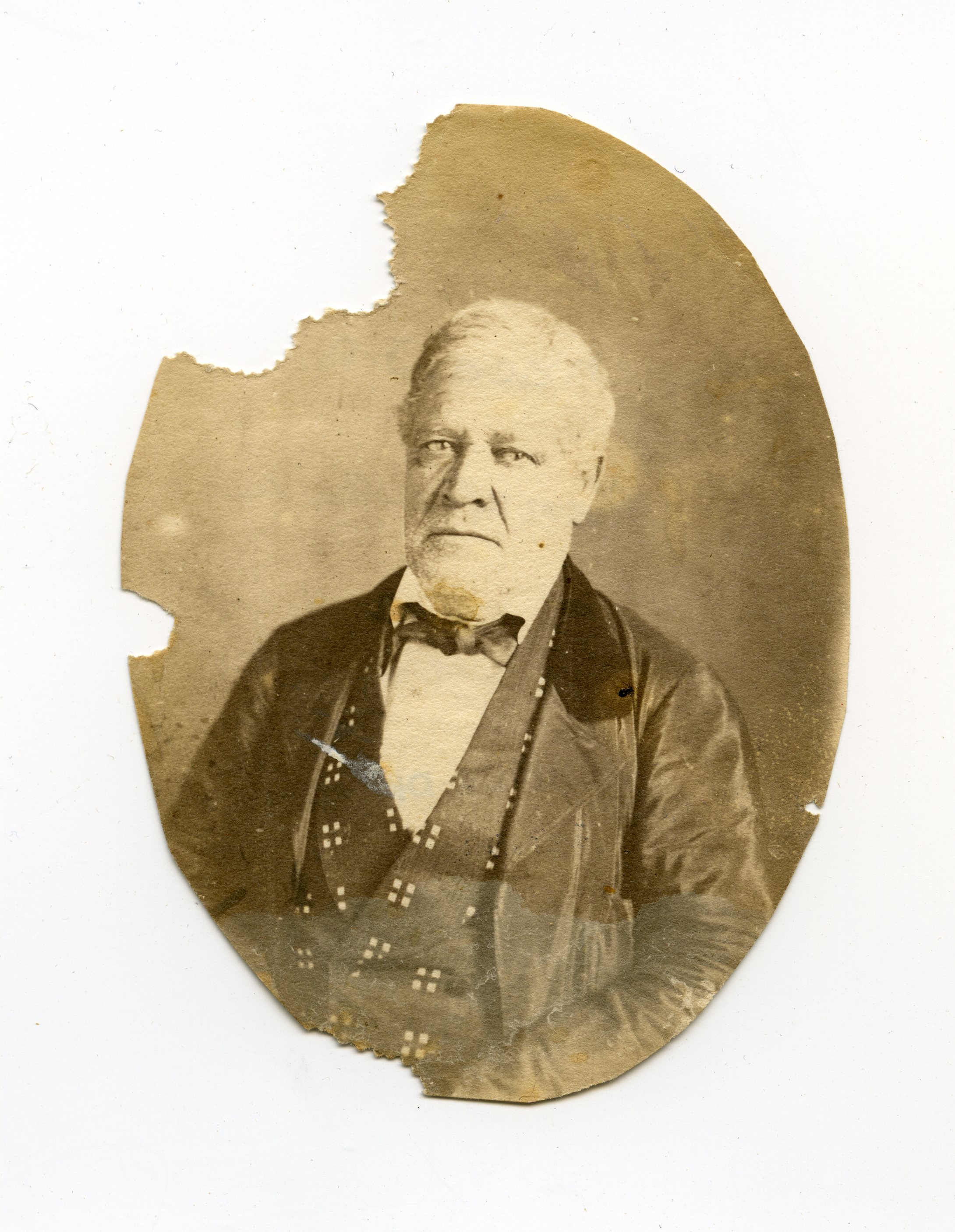
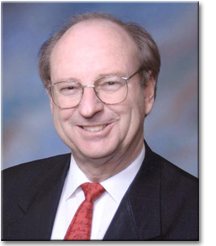


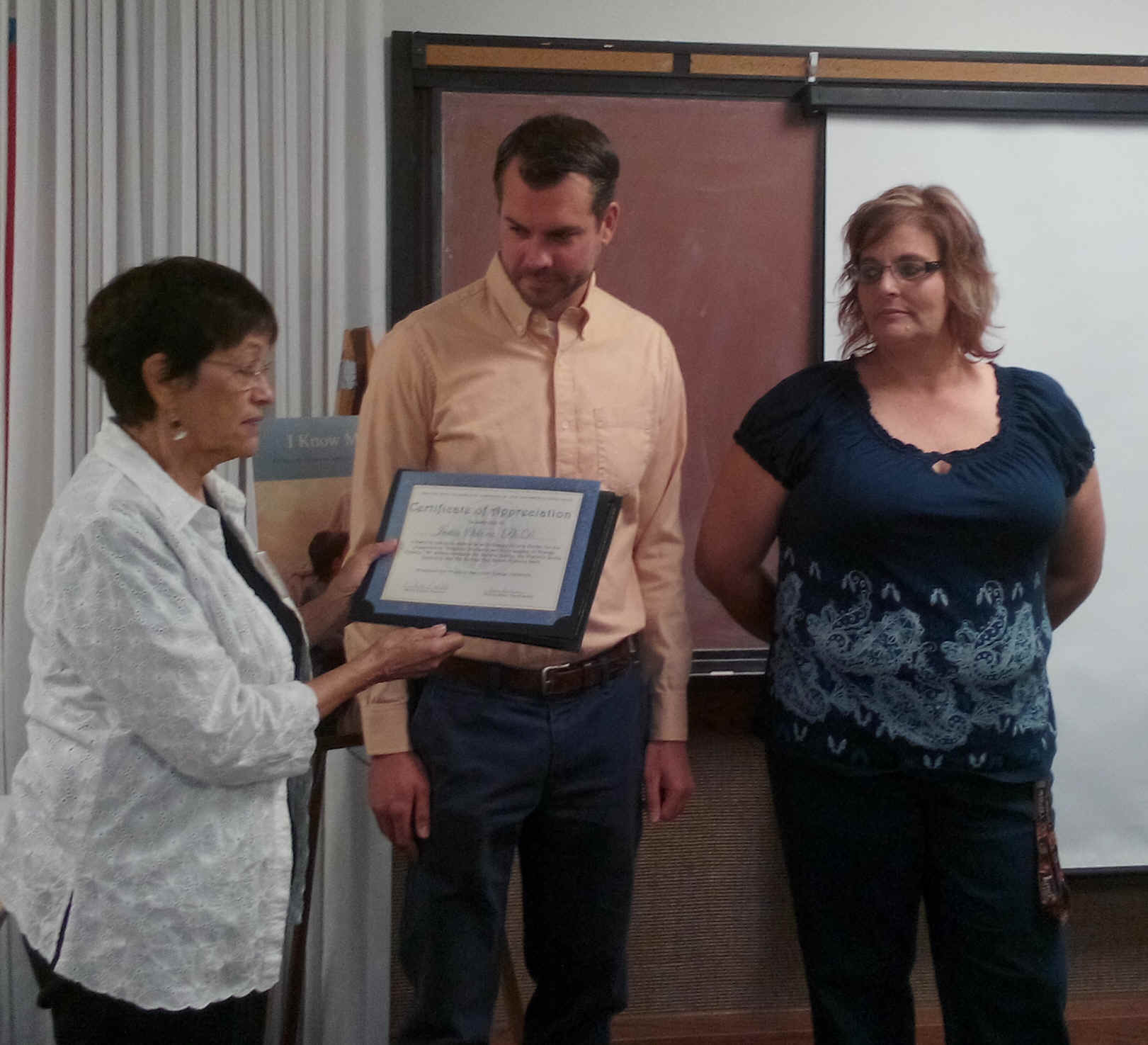
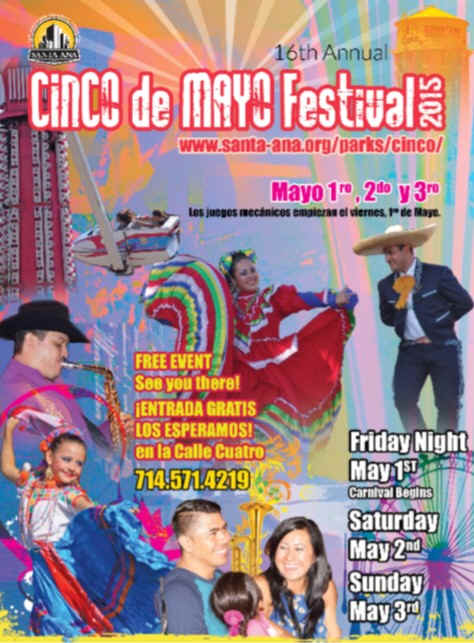
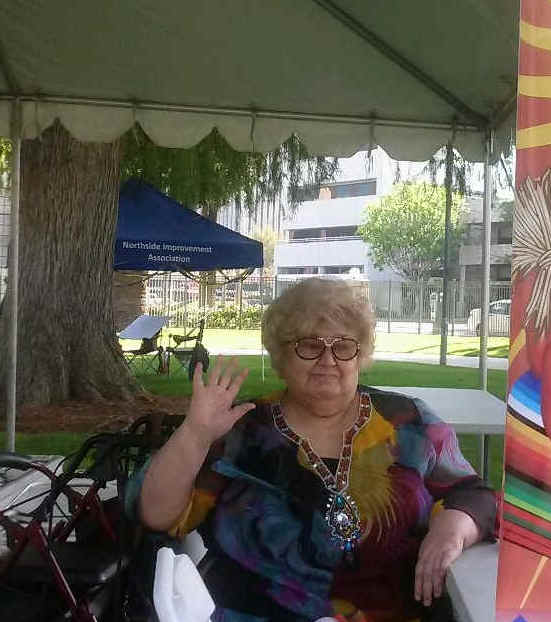
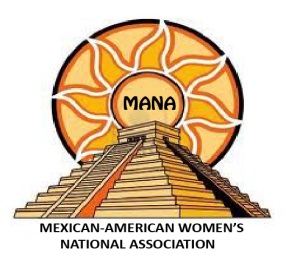
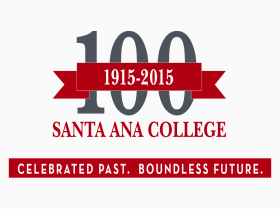


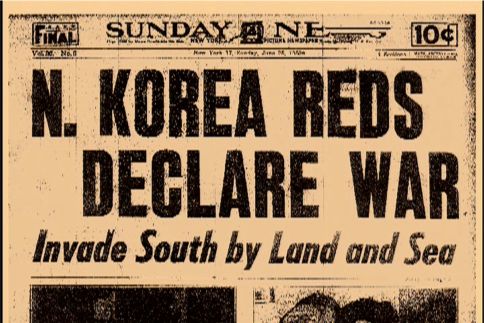

 “It was an evolution—I wasn’t born a muralist right away!” laughs Levi Ponce. “My dad’s a sign painter for a living; he’s been doing it for 50 years. Growing up, I would go to work with him, ever since I was potty-trained, actually. My Mom said, ‘I got him Monday through Friday—you got him on the weekends!’ He would have me do basic stuff like ‘Paint this post white.’”
“It was an evolution—I wasn’t born a muralist right away!” laughs Levi Ponce. “My dad’s a sign painter for a living; he’s been doing it for 50 years. Growing up, I would go to work with him, ever since I was potty-trained, actually. My Mom said, ‘I got him Monday through Friday—you got him on the weekends!’ He would have me do basic stuff like ‘Paint this post white.’” “I
thought, ‘What better way to advertise yourself than to paint a big
mural?’” Applying his bold style on a large scale, he painted actor
Danny Trejo in 2011. “From day one, the experience was unforgettable.
It immediately changed from potential profit to ‘I need to do this
again!’”
“I
thought, ‘What better way to advertise yourself than to paint a big
mural?’” Applying his bold style on a large scale, he painted actor
Danny Trejo in 2011. “From day one, the experience was unforgettable.
It immediately changed from potential profit to ‘I need to do this
again!’”







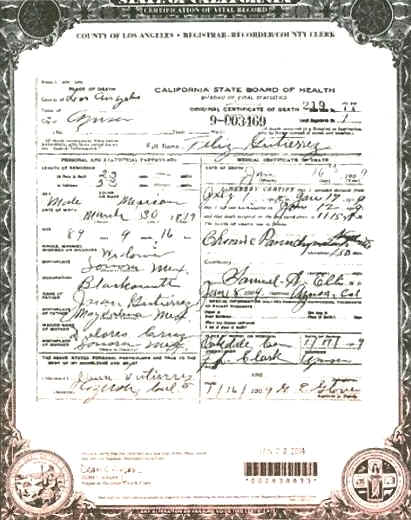
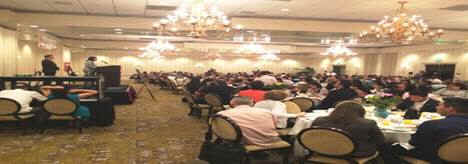
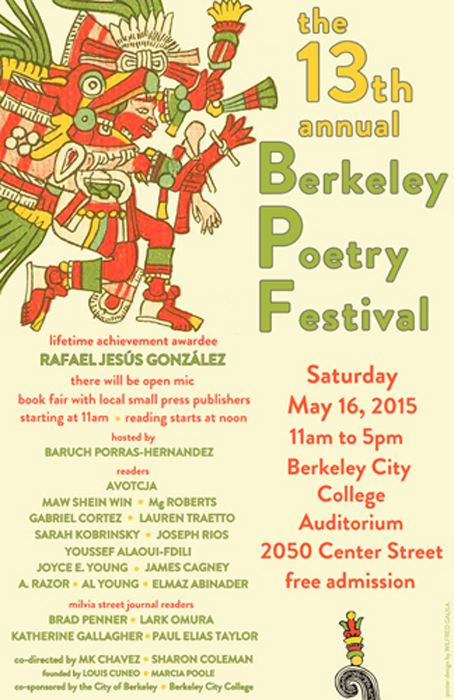

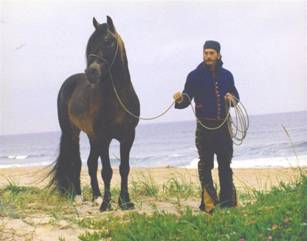
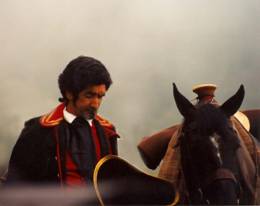
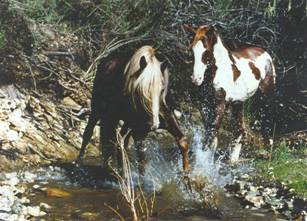

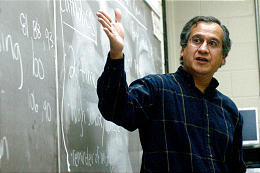
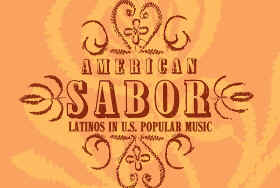 American
Sabor: Latinos in U.S. Popular Music will celebrated their final exhibition at Arizona Latino Arts and Culture Center in the heart of Downtown Phoenix. American Sabor has been traveling cross-country for ten years and has chosen to celebrate its incredible journey with people of Phoenix one last time.
American
Sabor: Latinos in U.S. Popular Music will celebrated their final exhibition at Arizona Latino Arts and Culture Center in the heart of Downtown Phoenix. American Sabor has been traveling cross-country for ten years and has chosen to celebrate its incredible journey with people of Phoenix one last time. 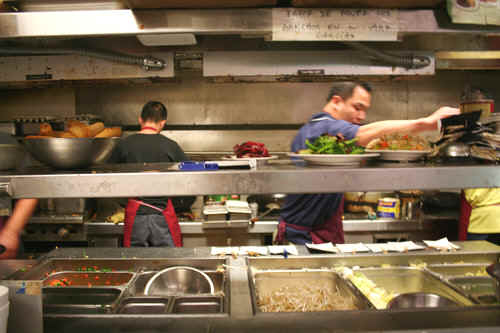
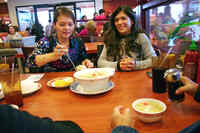 Every couple of weeks, the Salcedo family travels more than an hour from Yuma, Ariz., to dine at Fortune Garden.
Photo Courtesy of Vickie Ly/KQED.
Every couple of weeks, the Salcedo family travels more than an hour from Yuma, Ariz., to dine at Fortune Garden.
Photo Courtesy of Vickie Ly/KQED.  Fried yellow chilis in the Fortune Garden kitchen. This dish showed up on almost every table at the Chinese restaurants we visited on both sides of the U.S. border with Mexico. Their sauce has kind of a margarita flavor: lemon with lots of salt.
Fried yellow chilis in the Fortune Garden kitchen. This dish showed up on almost every table at the Chinese restaurants we visited on both sides of the U.S. border with Mexico. Their sauce has kind of a margarita flavor: lemon with lots of salt.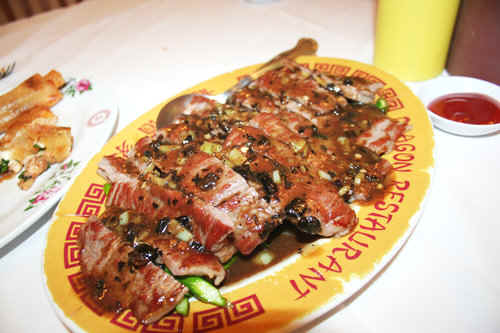

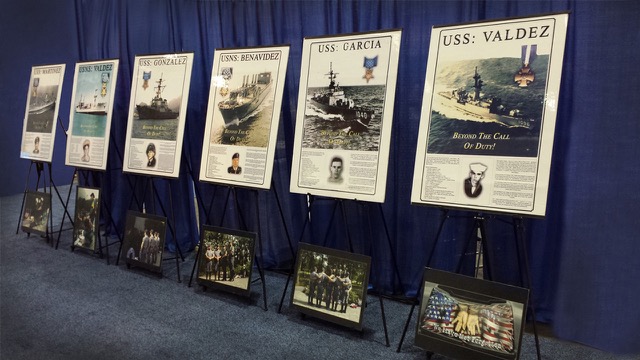

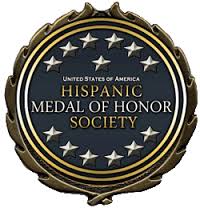
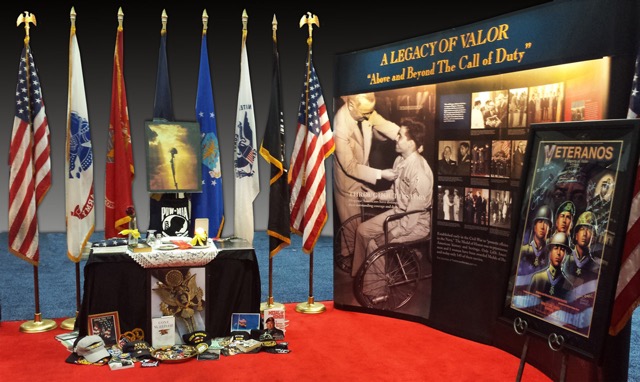
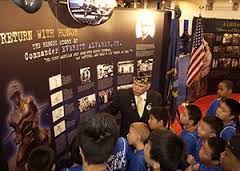
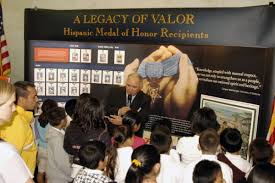
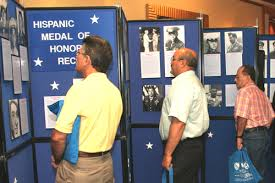
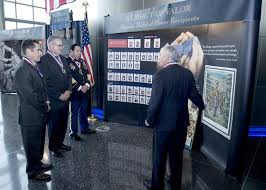
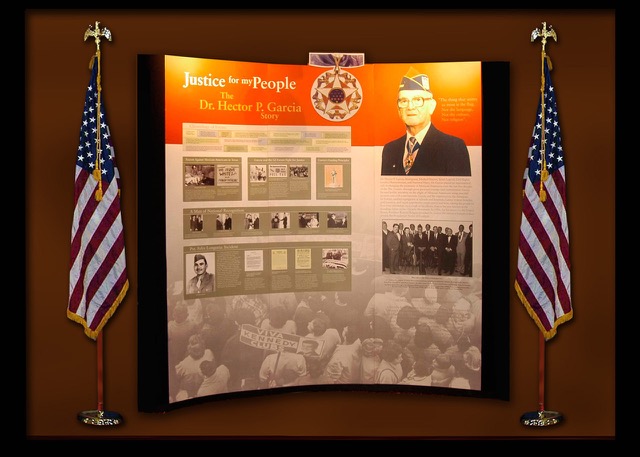
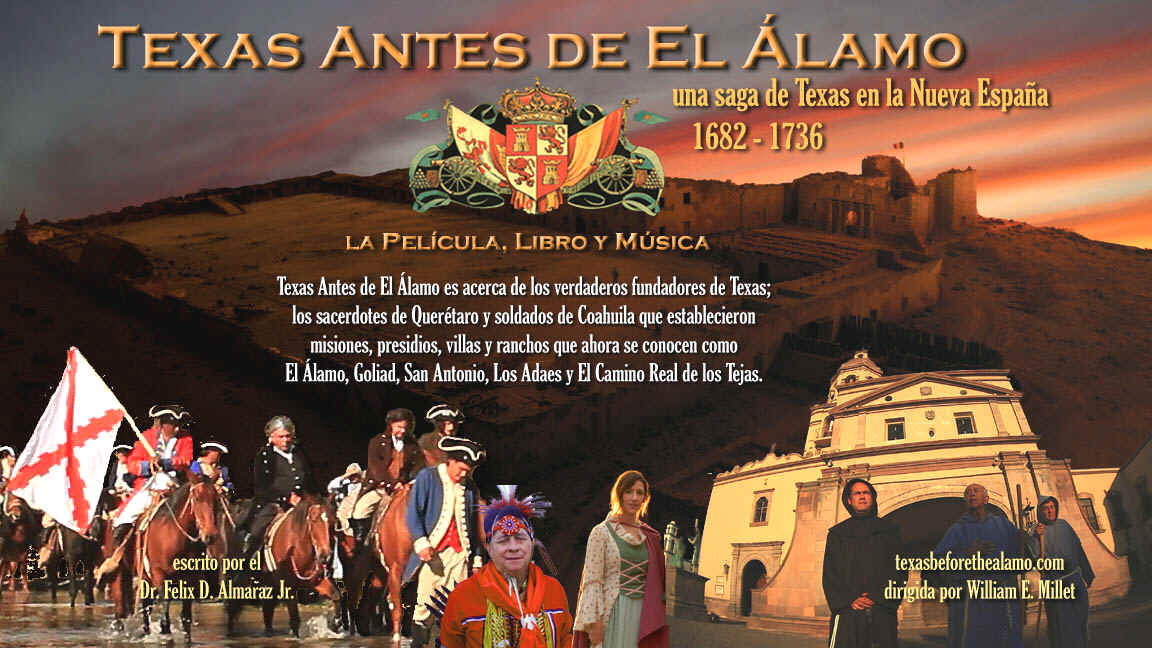

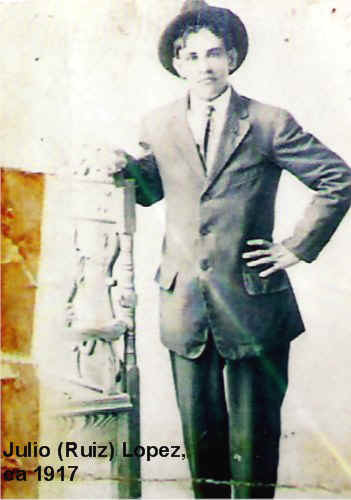
 Mimi:
Following is an article from our news from years ago. I am submitting this fantastic bit of Victoria's railroad history for two main reasons: my grandfather, Julio Lopez, worked for Southern Pacific Railroad for over 50 years! The photo of the railroad crossing
(above) could have been taken from my front door, as we lived next to the railroad tracks most of my growing-up life, and the Depot was just a skip-and-a-hop away. It was the neighborhood called Dutch Lane. The Caboose, in particular, is significant because my grandfather would always stand in the back and "throw" us fruit, like bananas, when it passed by. The whistles and very loud horn-blowing was our time-keeper. We knew what time it was when the railroad came by. The Railroad depot burned down, and now it's a vacant lot that I pass by the area every single day. Trains do go by, but not like in the "olden days."
Mimi:
Following is an article from our news from years ago. I am submitting this fantastic bit of Victoria's railroad history for two main reasons: my grandfather, Julio Lopez, worked for Southern Pacific Railroad for over 50 years! The photo of the railroad crossing
(above) could have been taken from my front door, as we lived next to the railroad tracks most of my growing-up life, and the Depot was just a skip-and-a-hop away. It was the neighborhood called Dutch Lane. The Caboose, in particular, is significant because my grandfather would always stand in the back and "throw" us fruit, like bananas, when it passed by. The whistles and very loud horn-blowing was our time-keeper. We knew what time it was when the railroad came by. The Railroad depot burned down, and now it's a vacant lot that I pass by the area every single day. Trains do go by, but not like in the "olden days." 
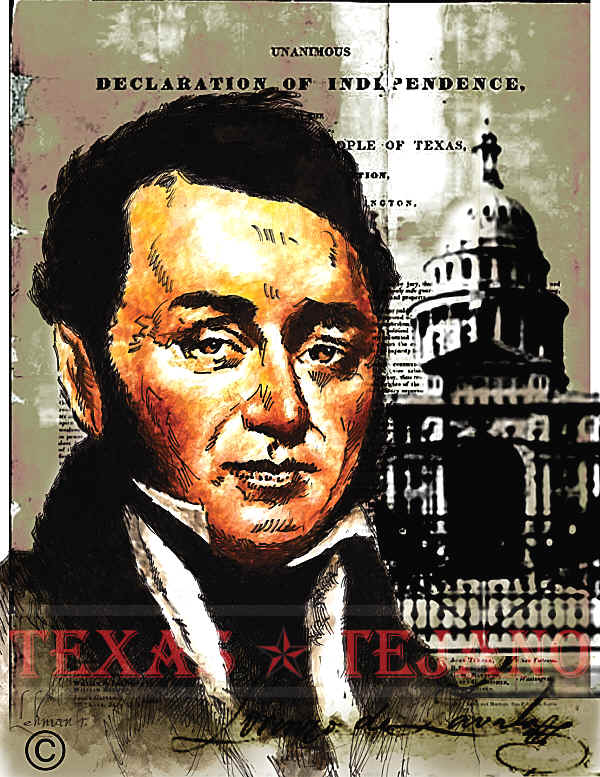
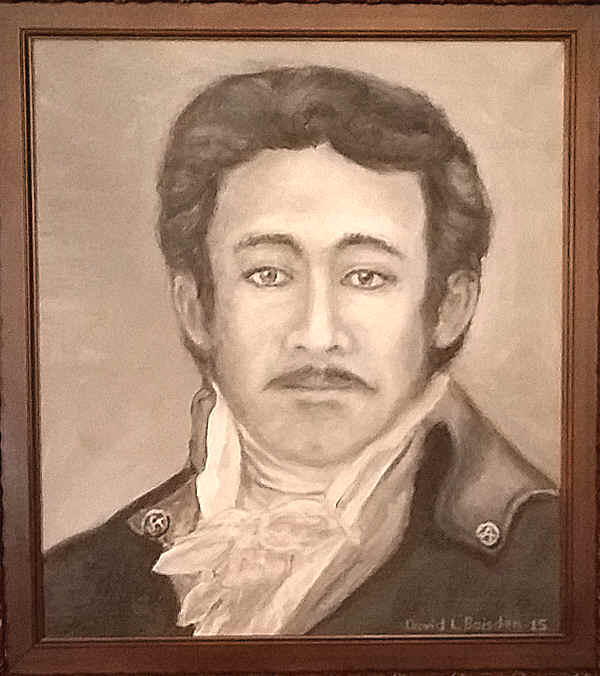
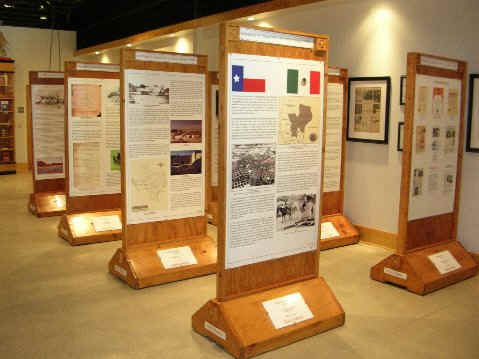
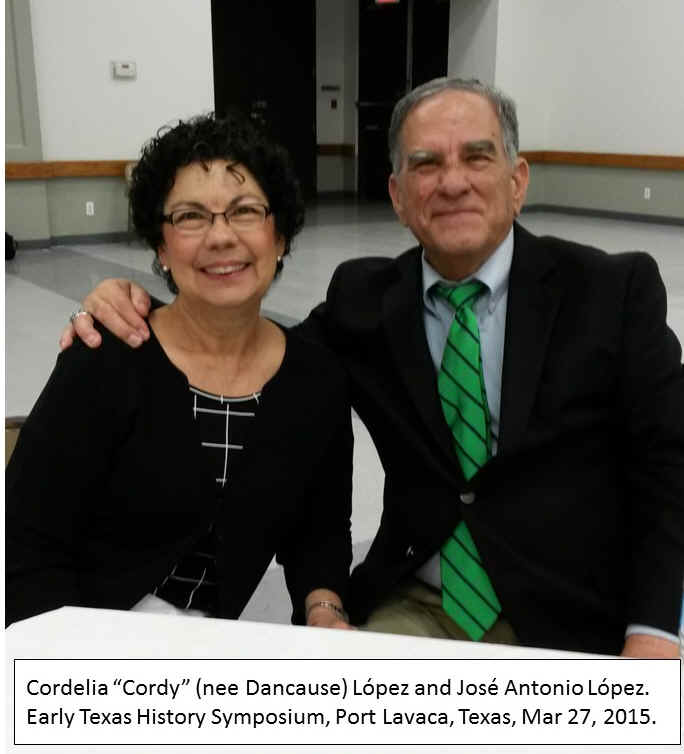
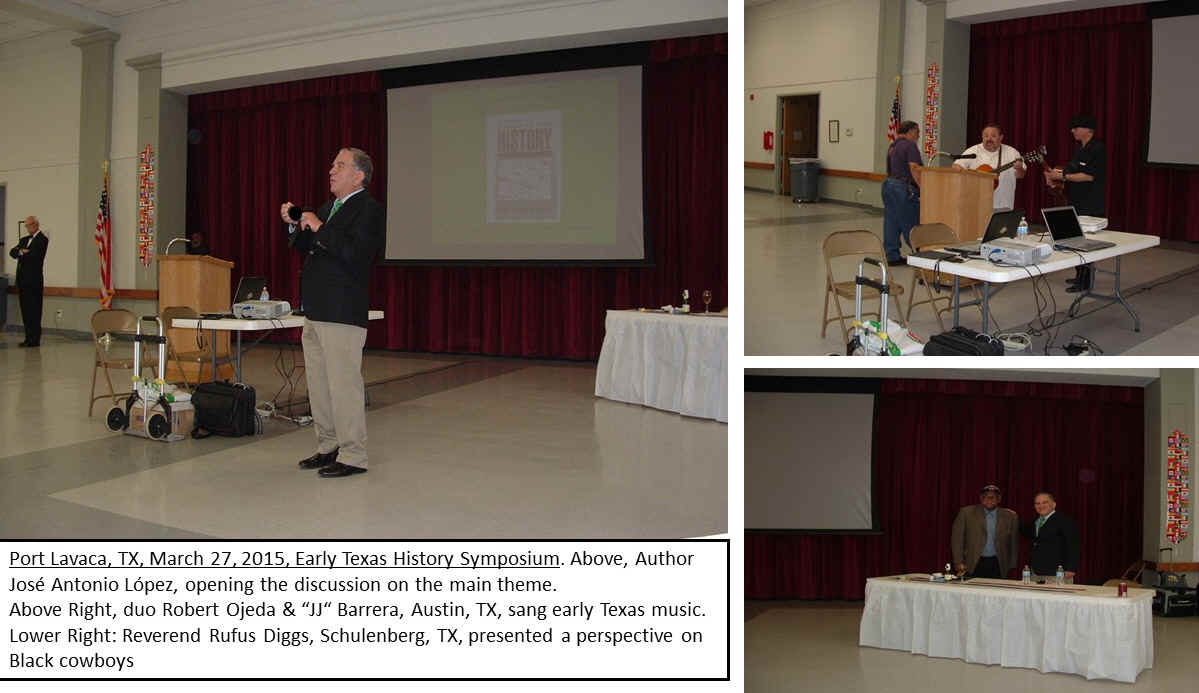
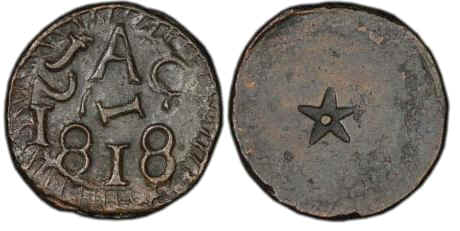


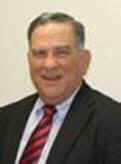
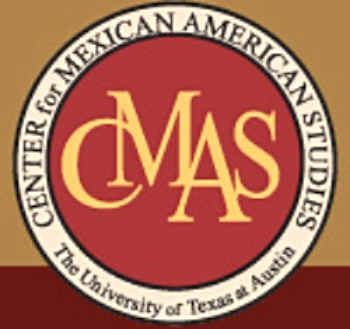

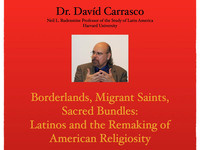

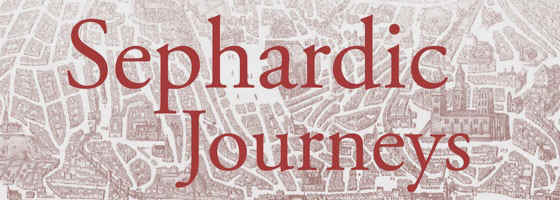
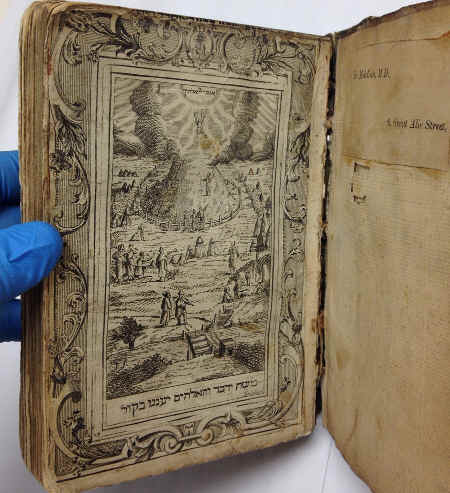
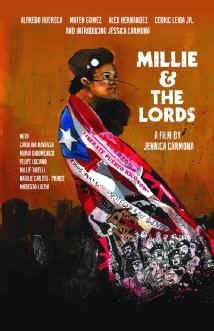
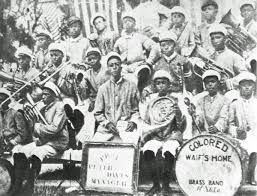



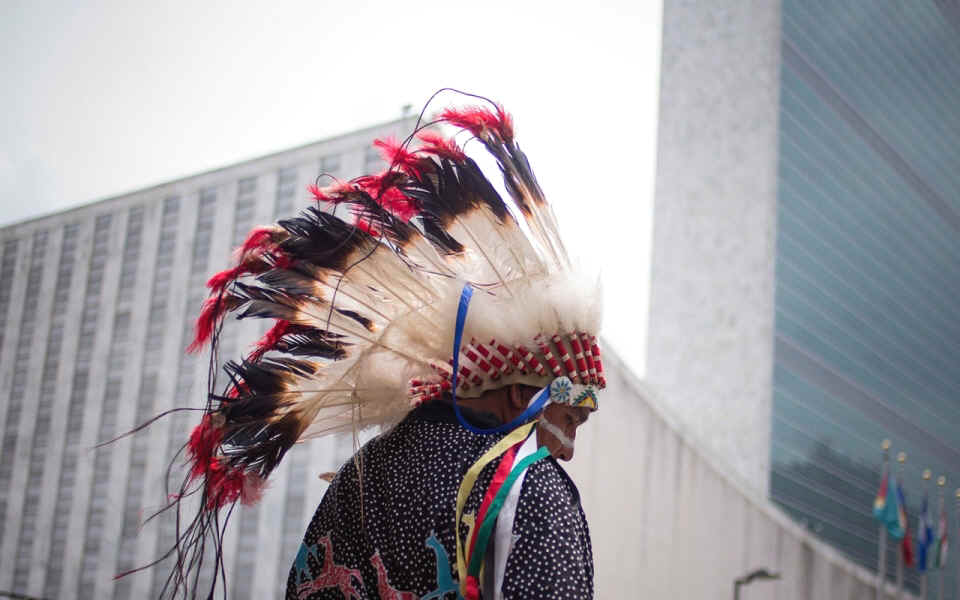
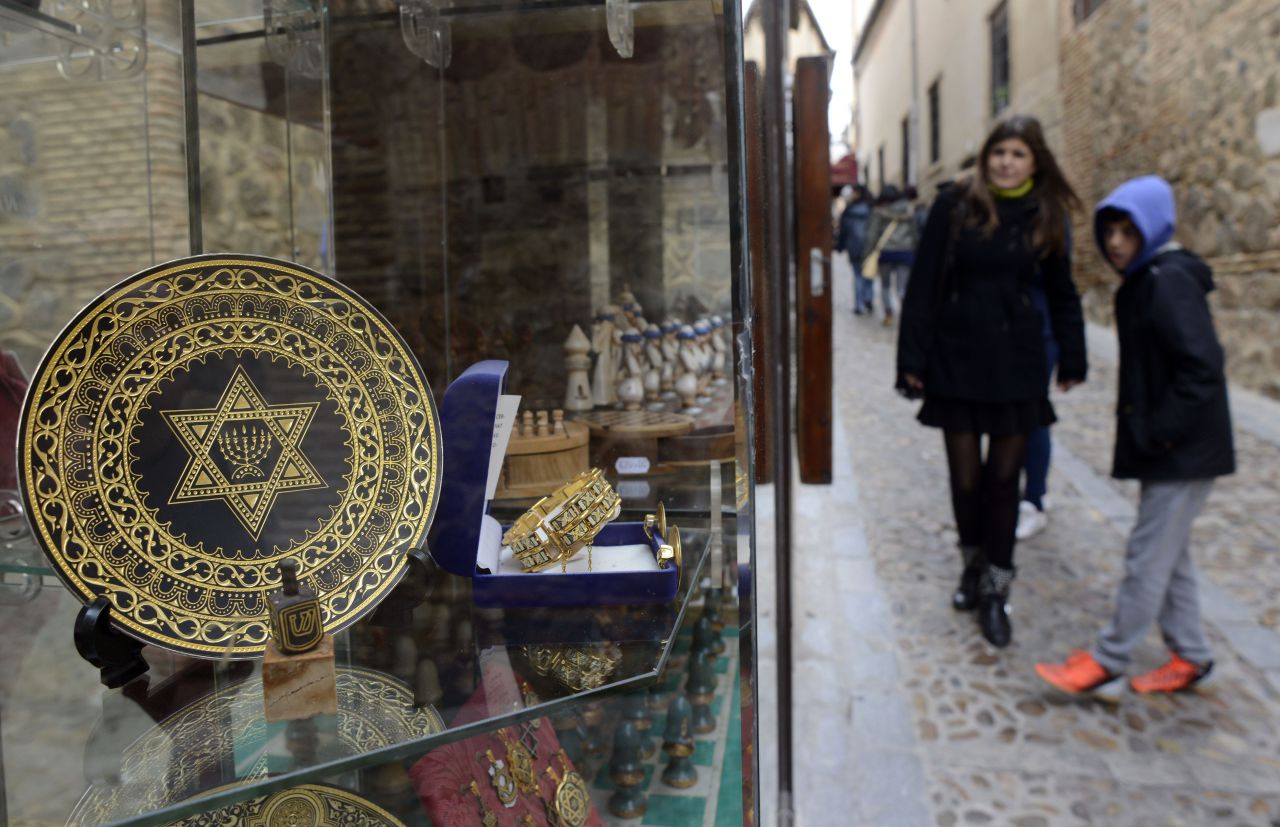
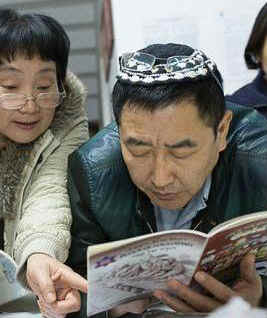
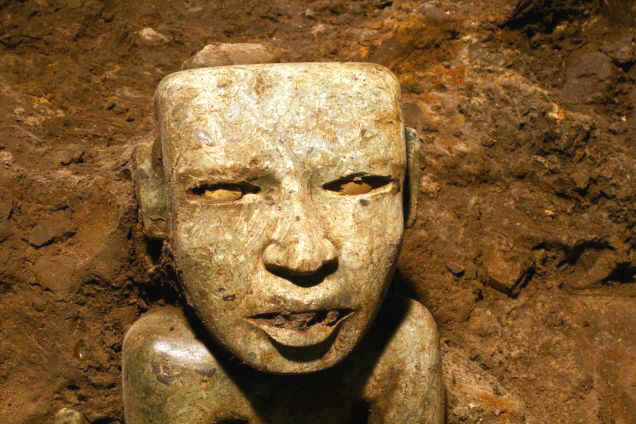
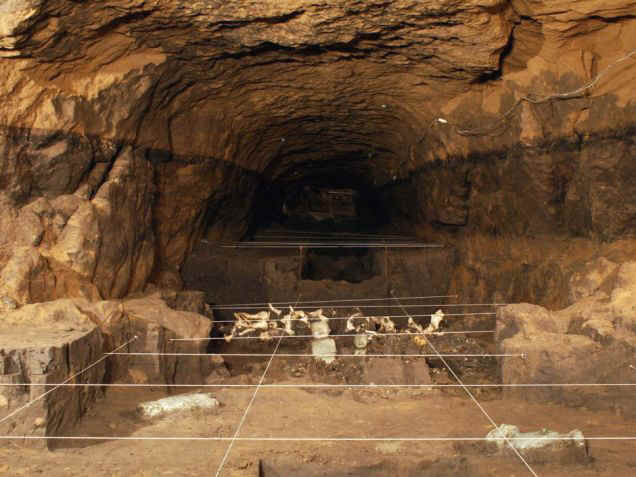
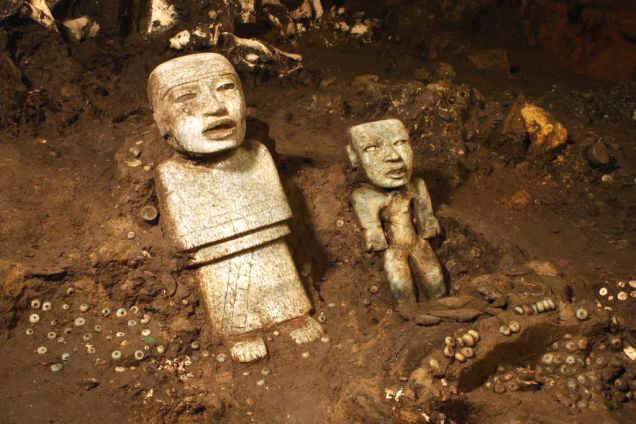
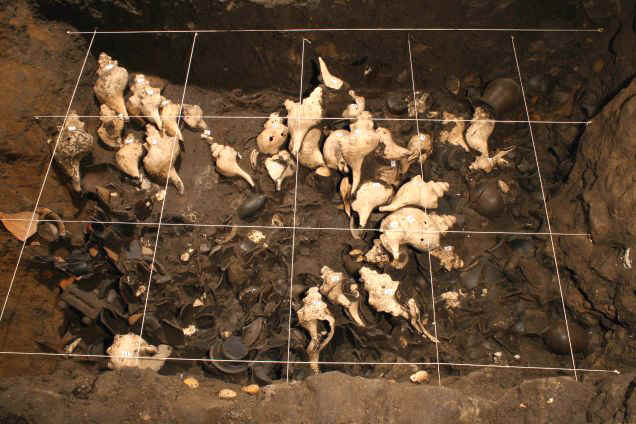
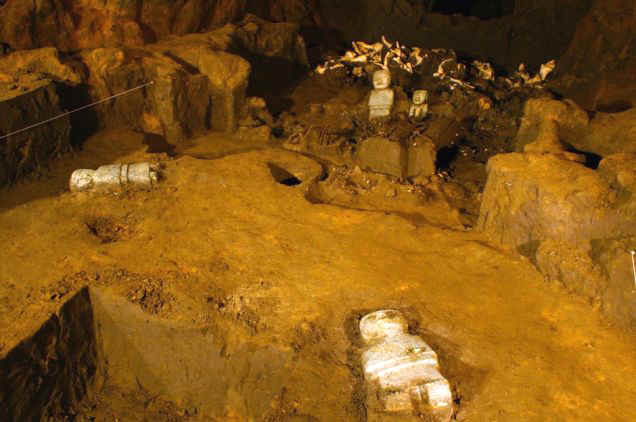
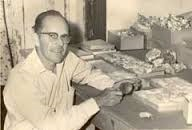 Although other archeologists have reported evidence for such early colonization of the Americas, Richard MacNeish of the Andover Foundation for Archaeological Research said the new site--a cave--provides the most convincing evidence yet.
Although other archeologists have reported evidence for such early colonization of the Americas, Richard MacNeish of the Andover Foundation for Archaeological Research said the new site--a cave--provides the most convincing evidence yet.
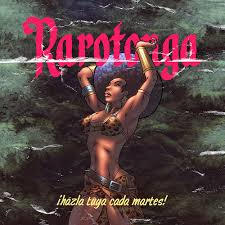
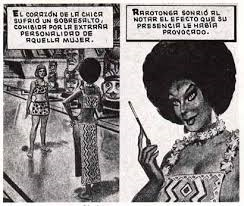 She
was a huge hit. Circulation topped a million making Rarotonga
"one of the firm's greatest successes." A company report
issued four years ago noted the series "had an impact studied by
psychologists and sociologists. It involved a hyped-up, imaginary
character that cast such a spell on the public, especially young
people, that many adopted her personality. Her hairdo became famous al
over Mexico."
She
was a huge hit. Circulation topped a million making Rarotonga
"one of the firm's greatest successes." A company report
issued four years ago noted the series "had an impact studied by
psychologists and sociologists. It involved a hyped-up, imaginary
character that cast such a spell on the public, especially young
people, that many adopted her personality. Her hairdo became famous al
over Mexico."